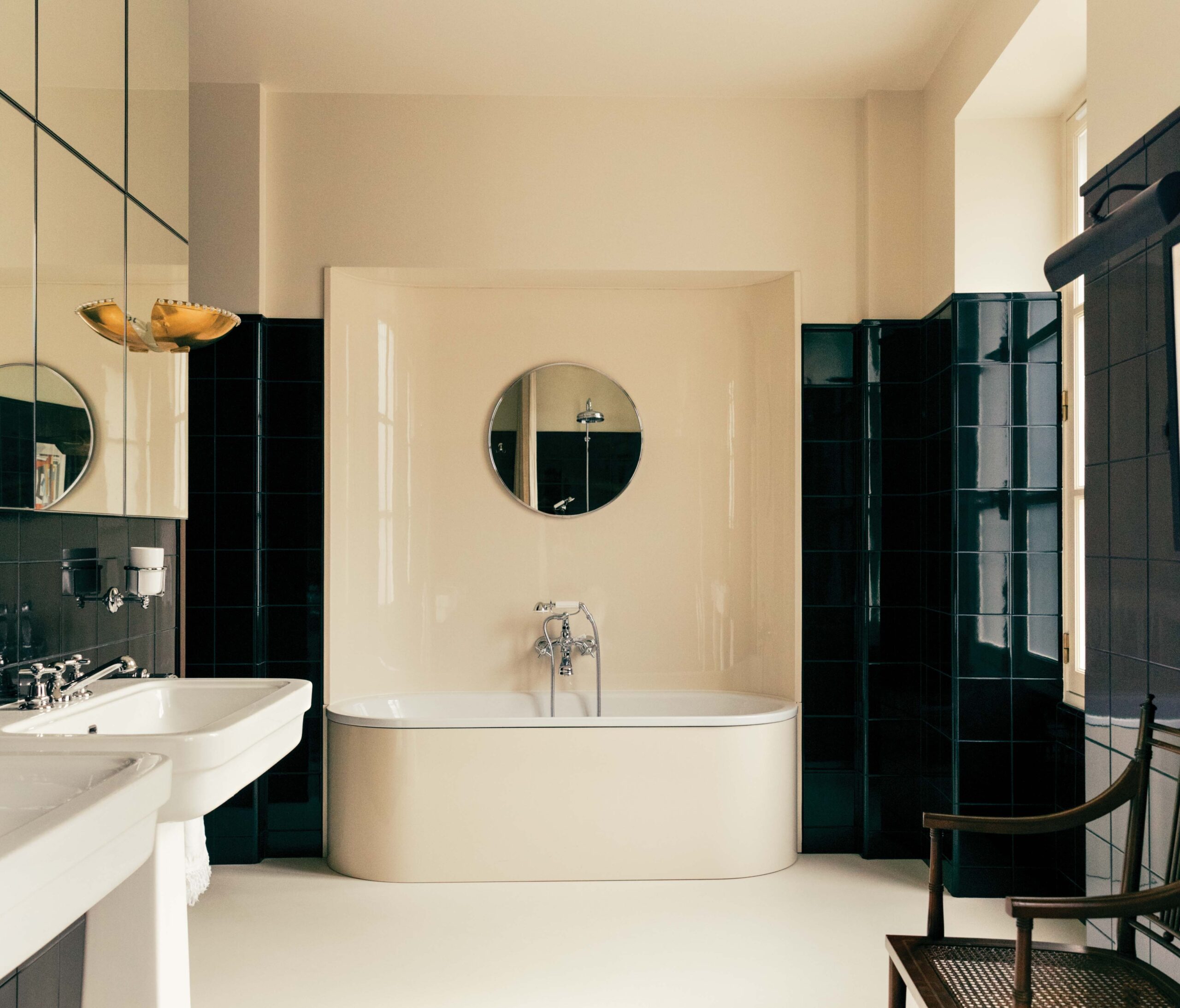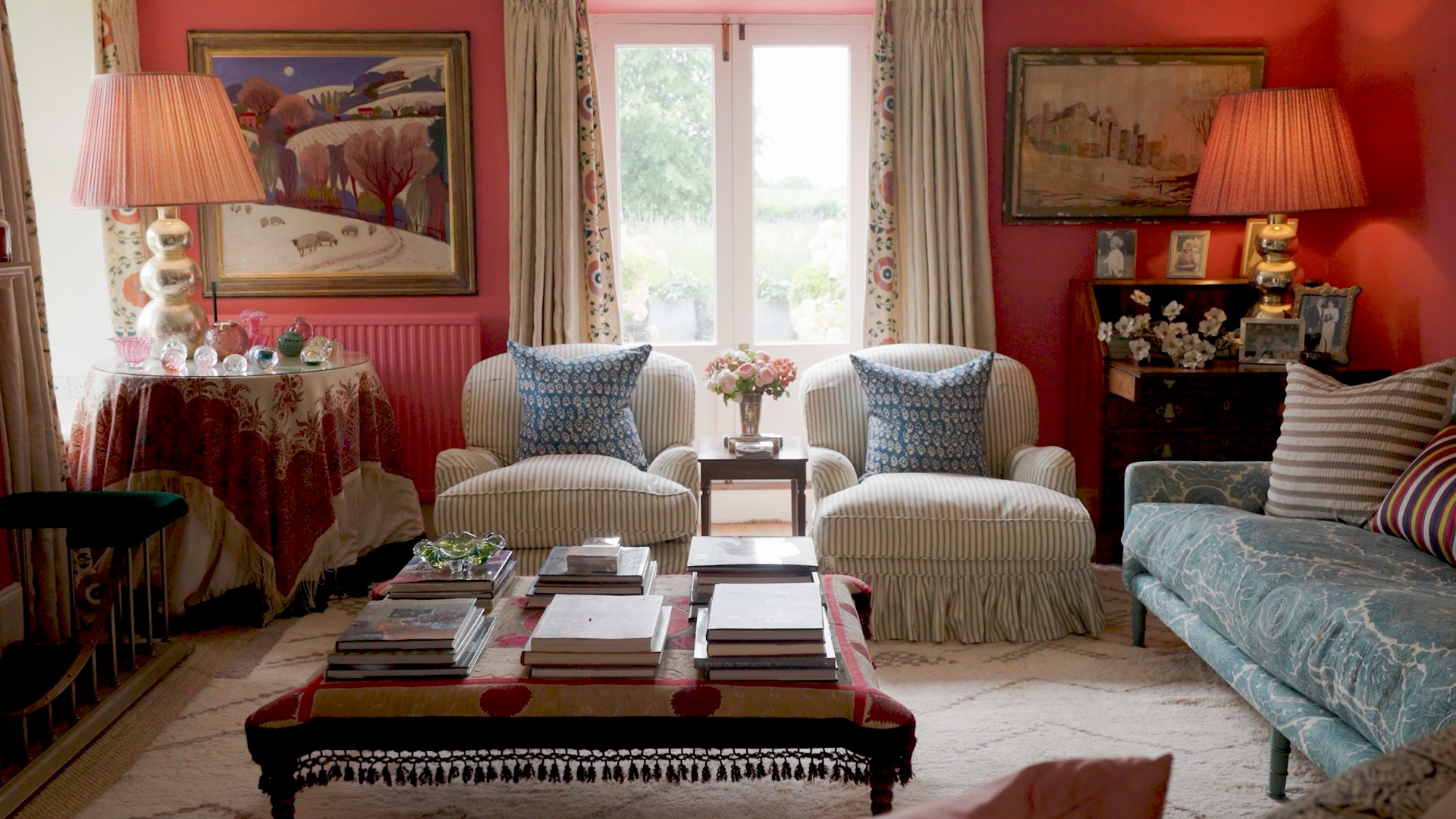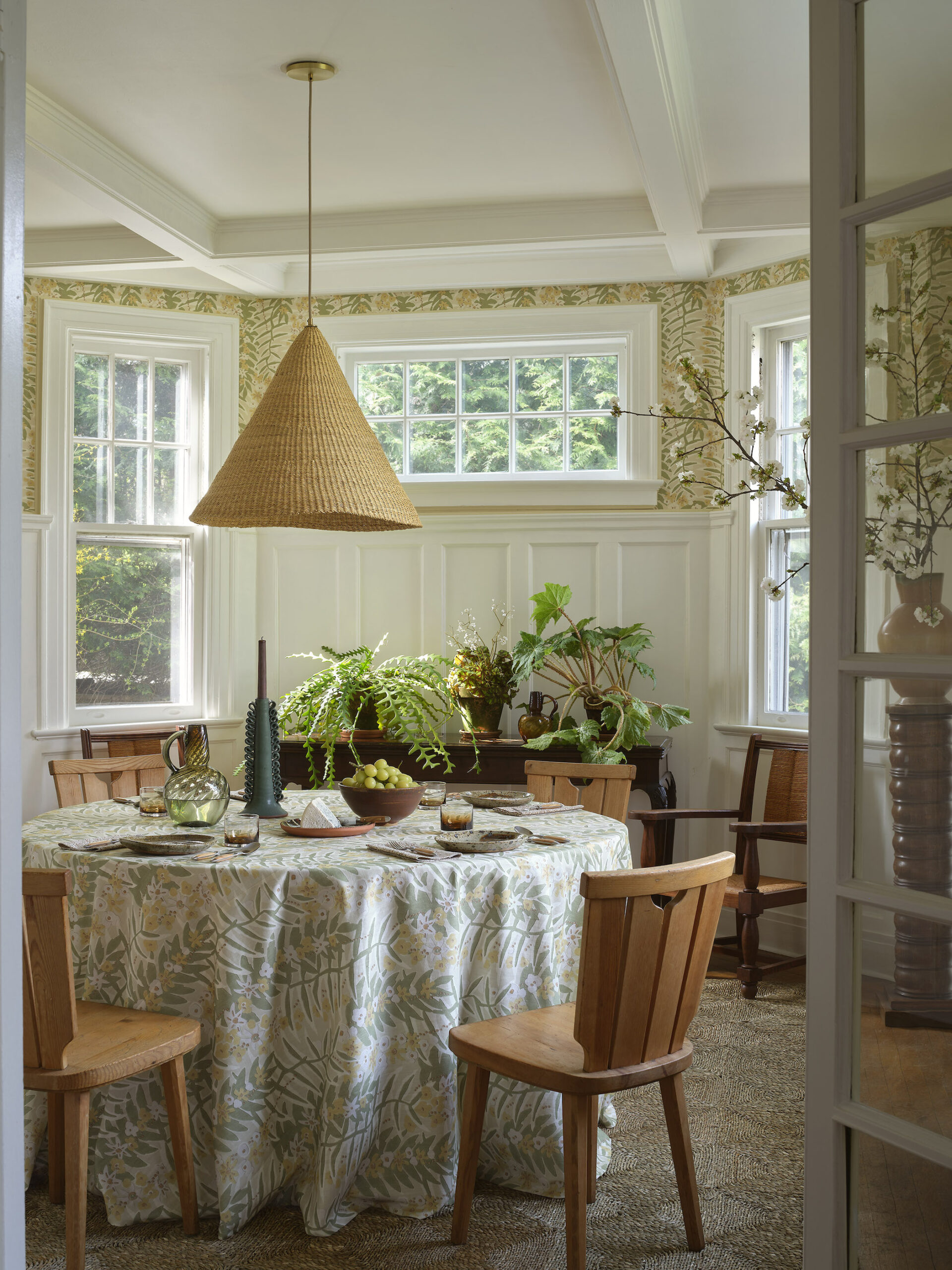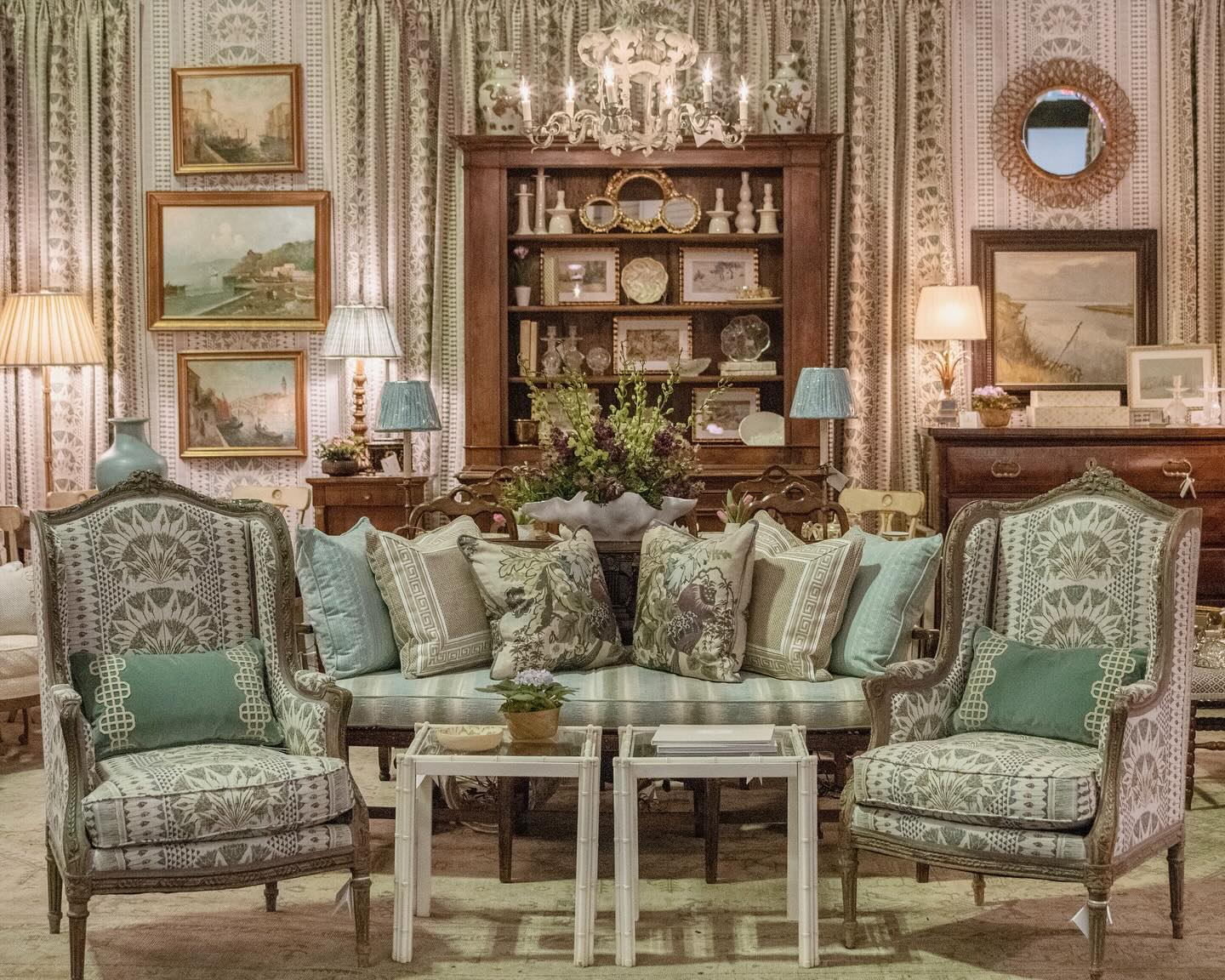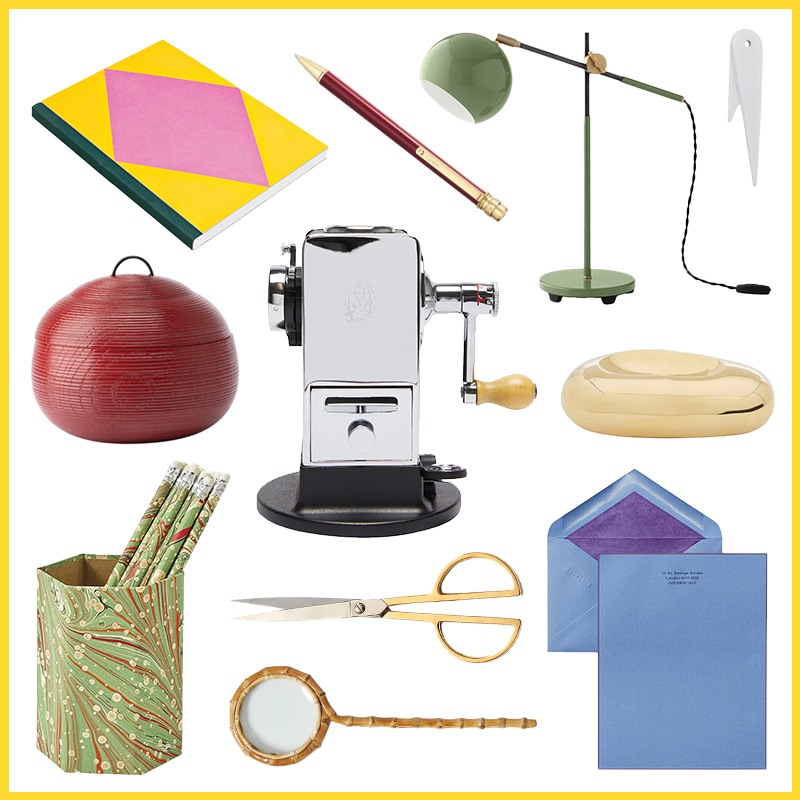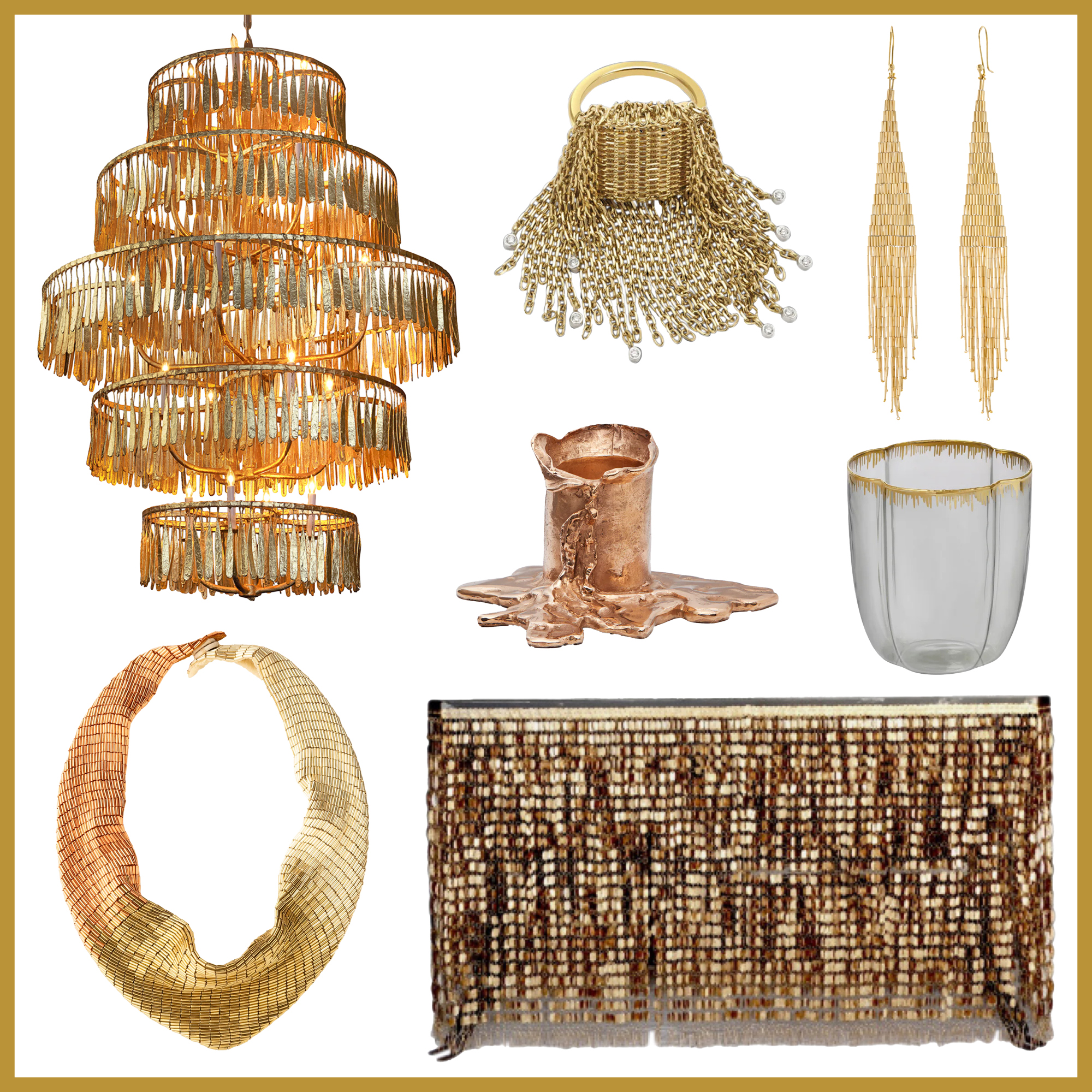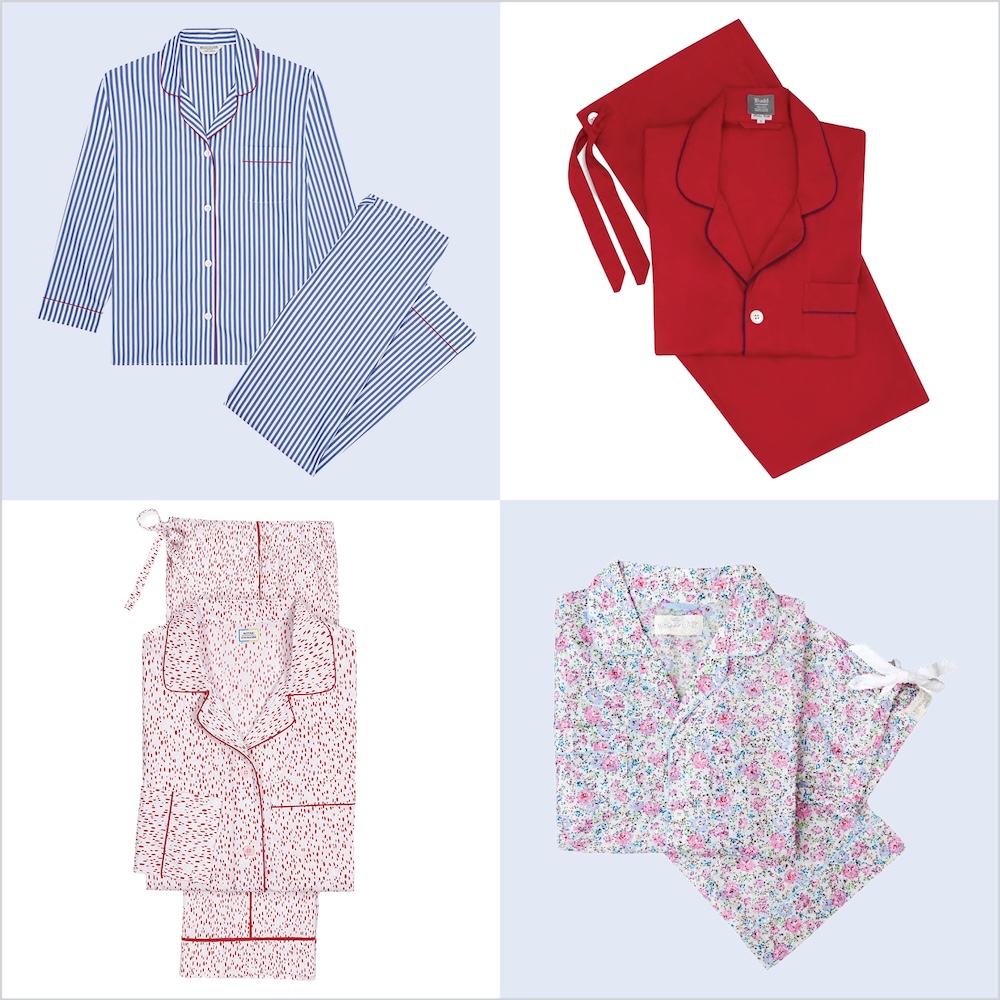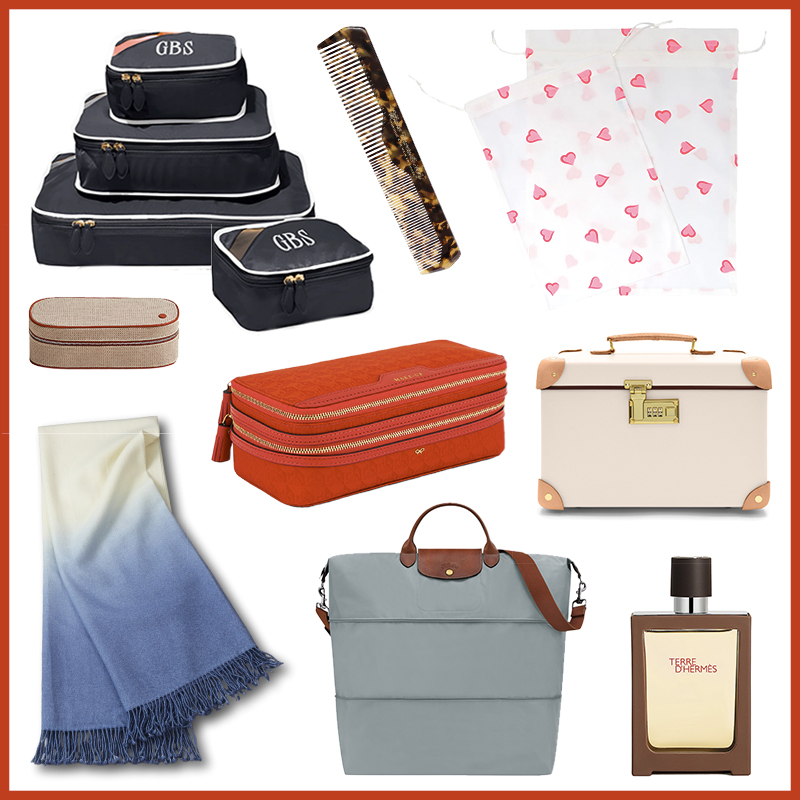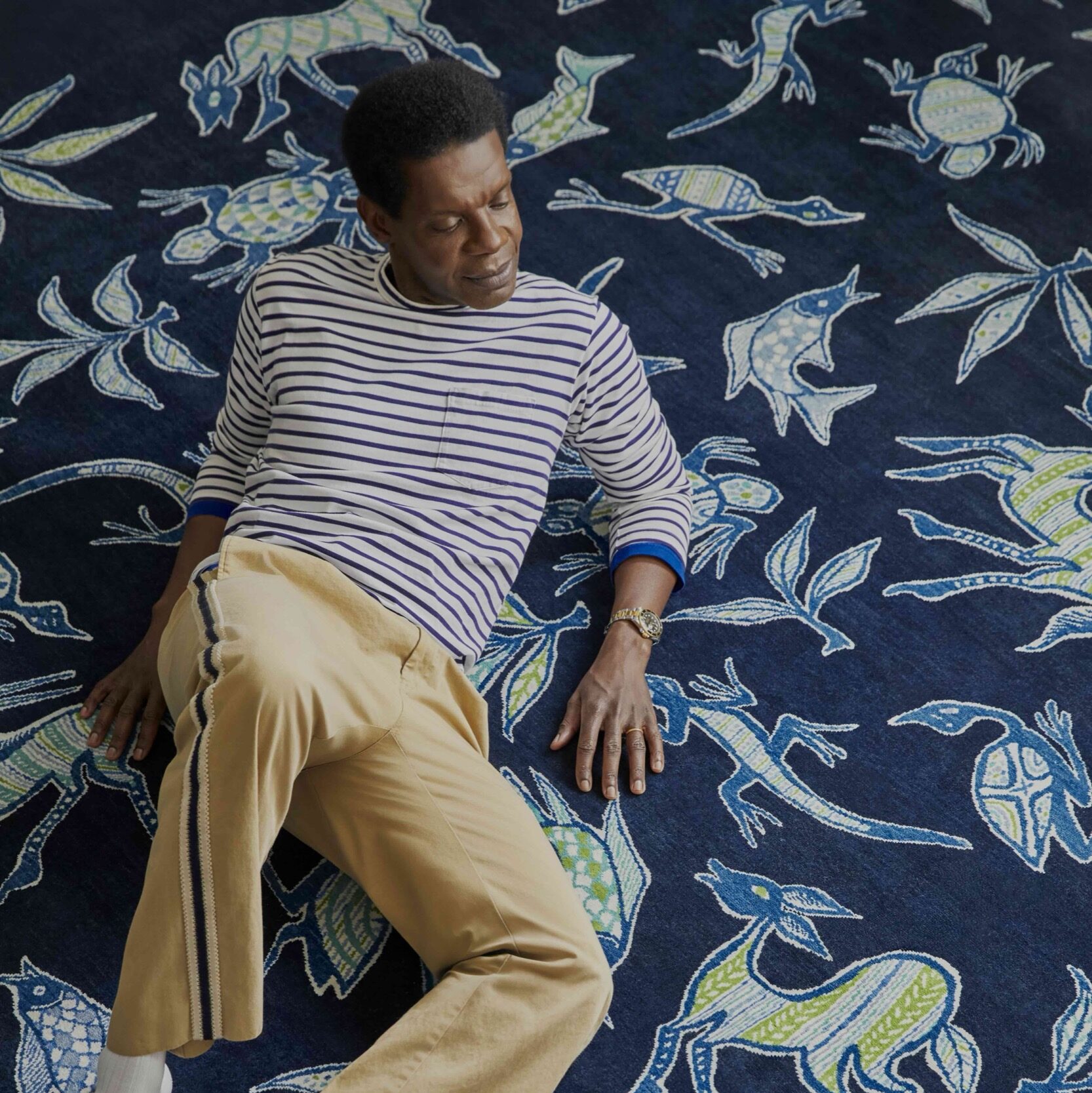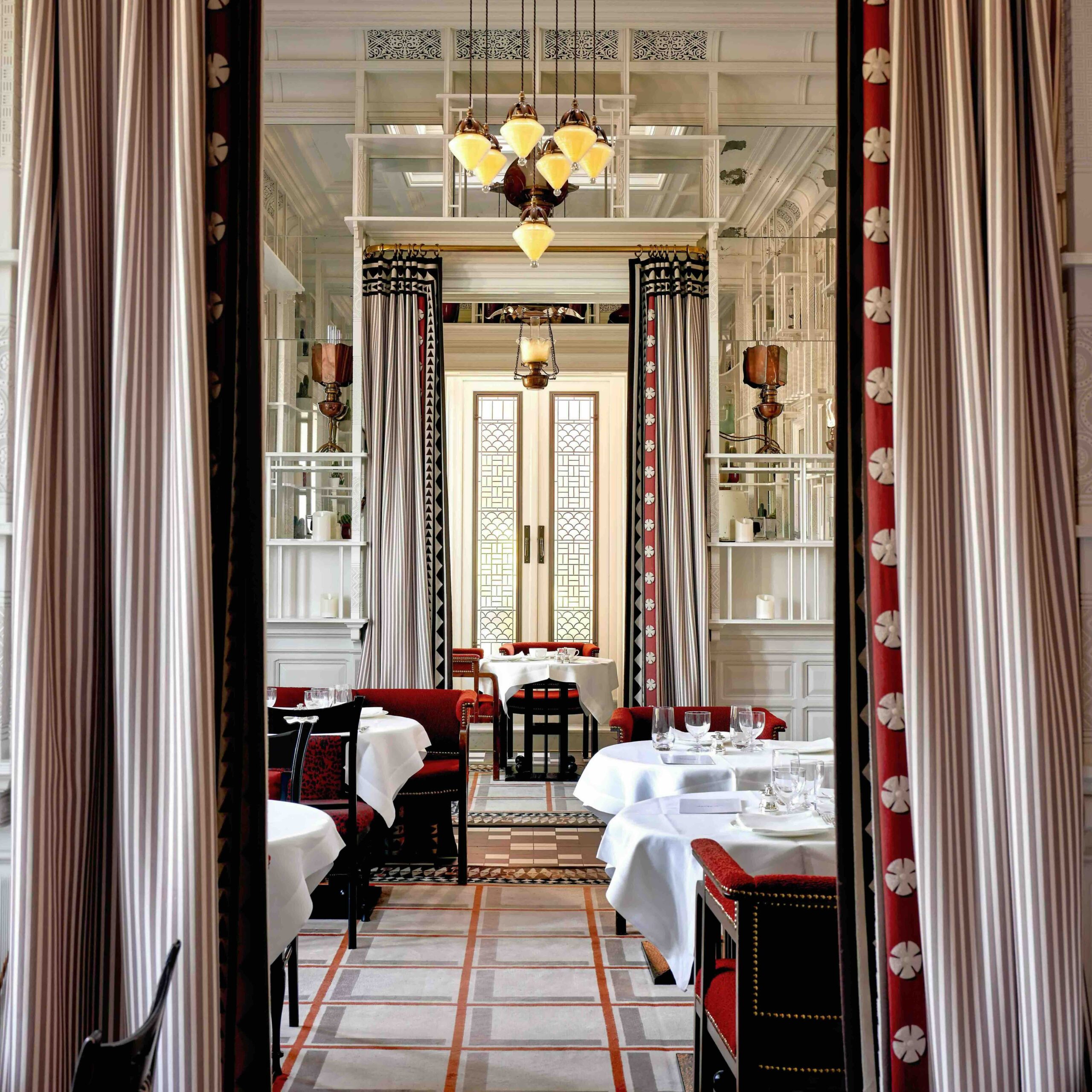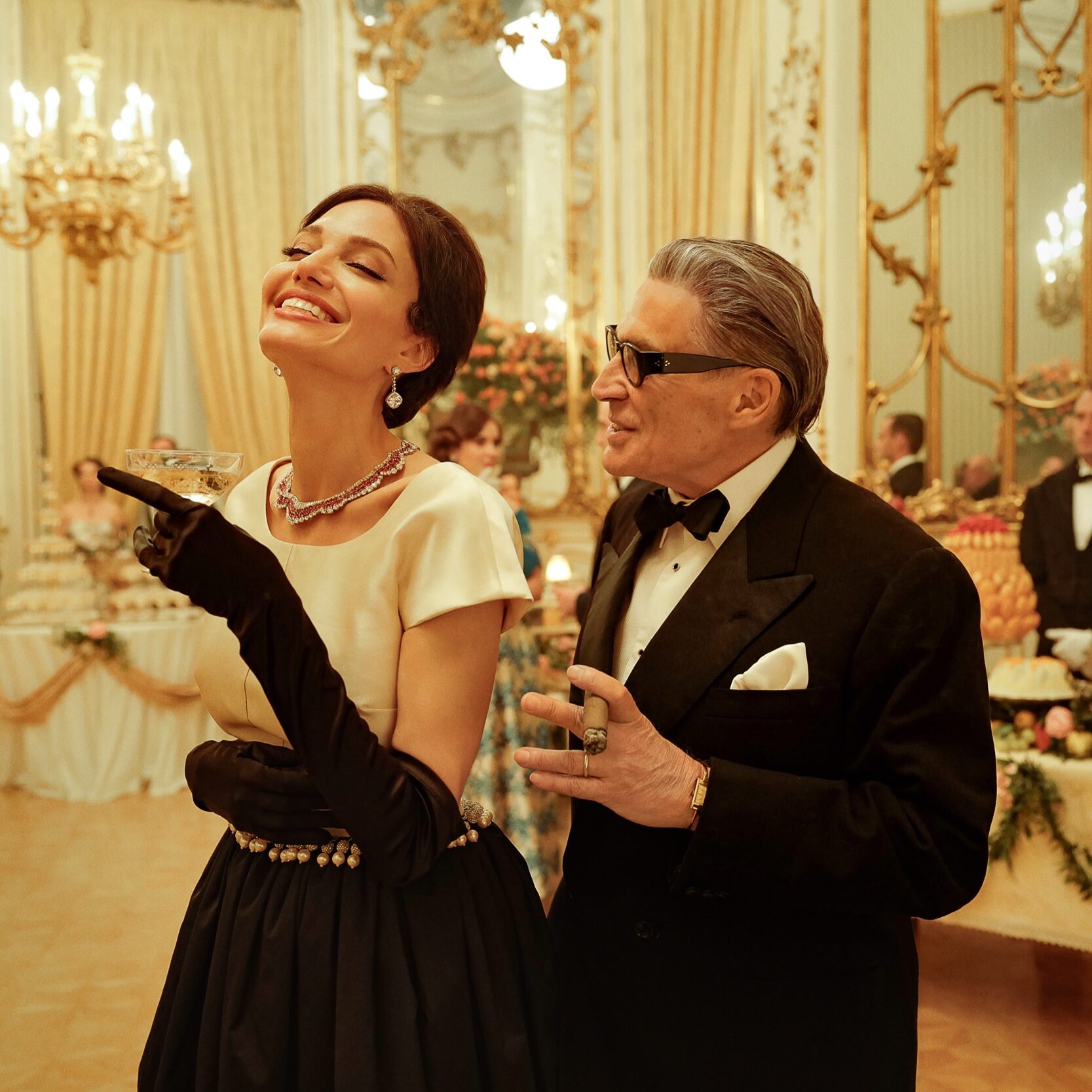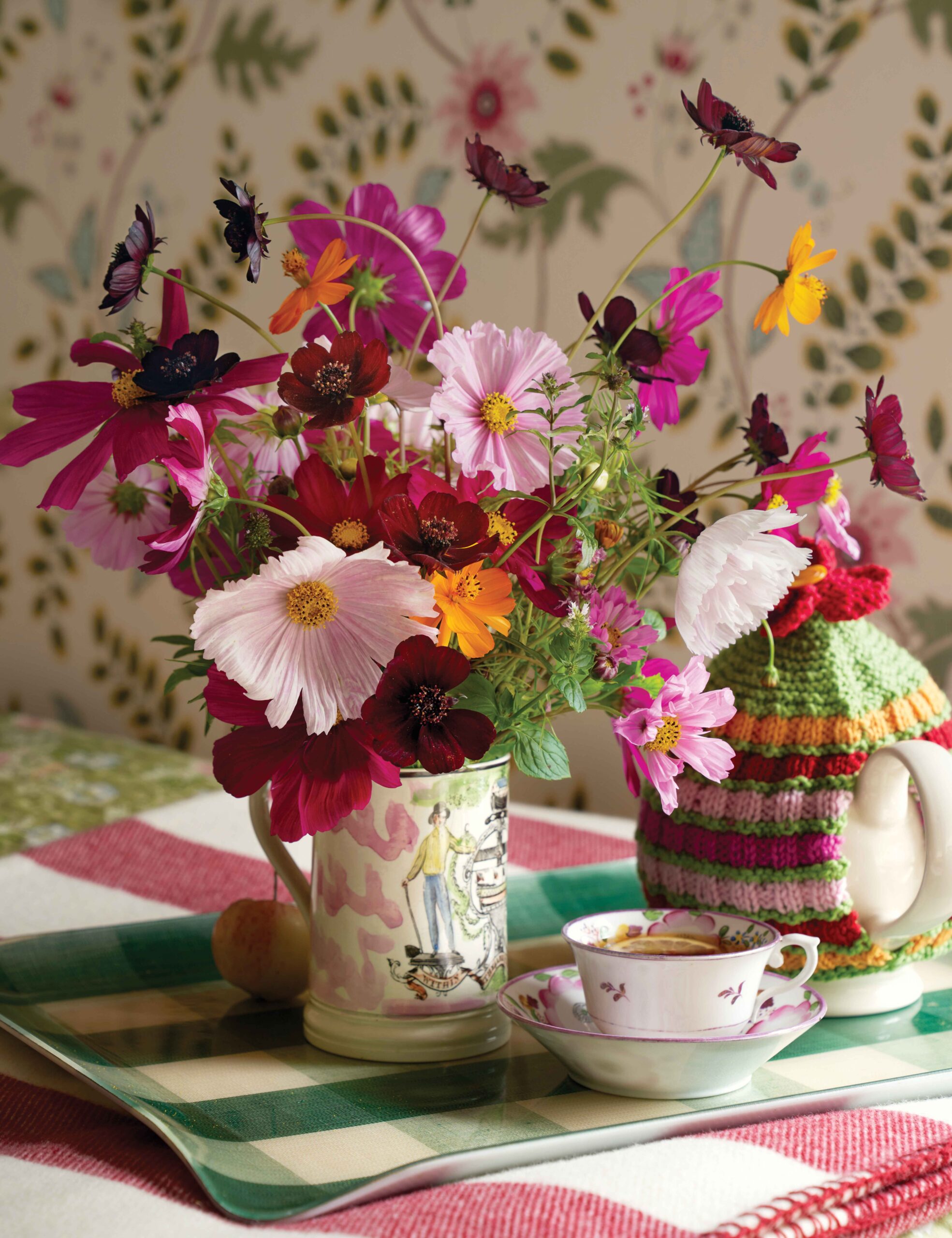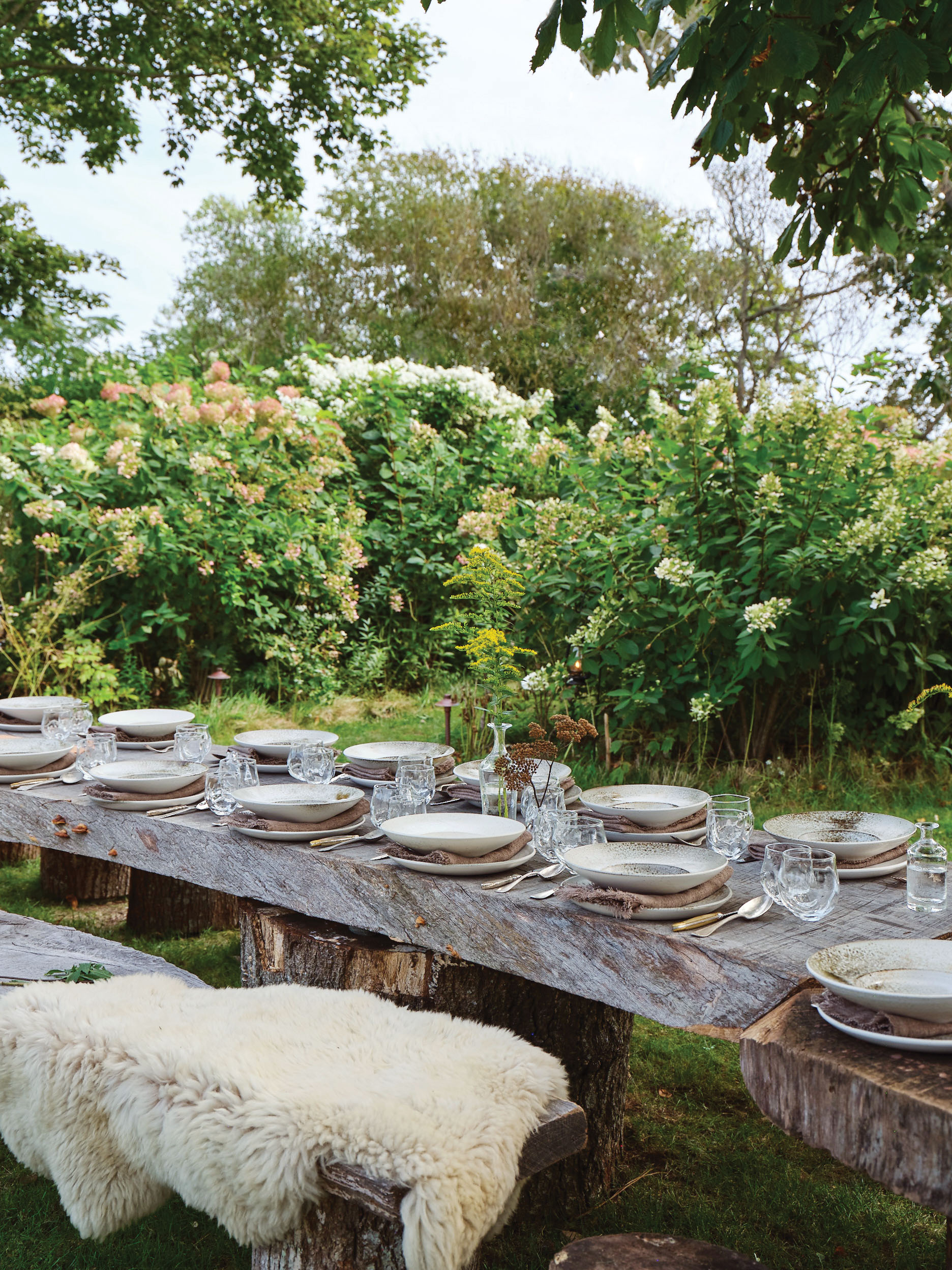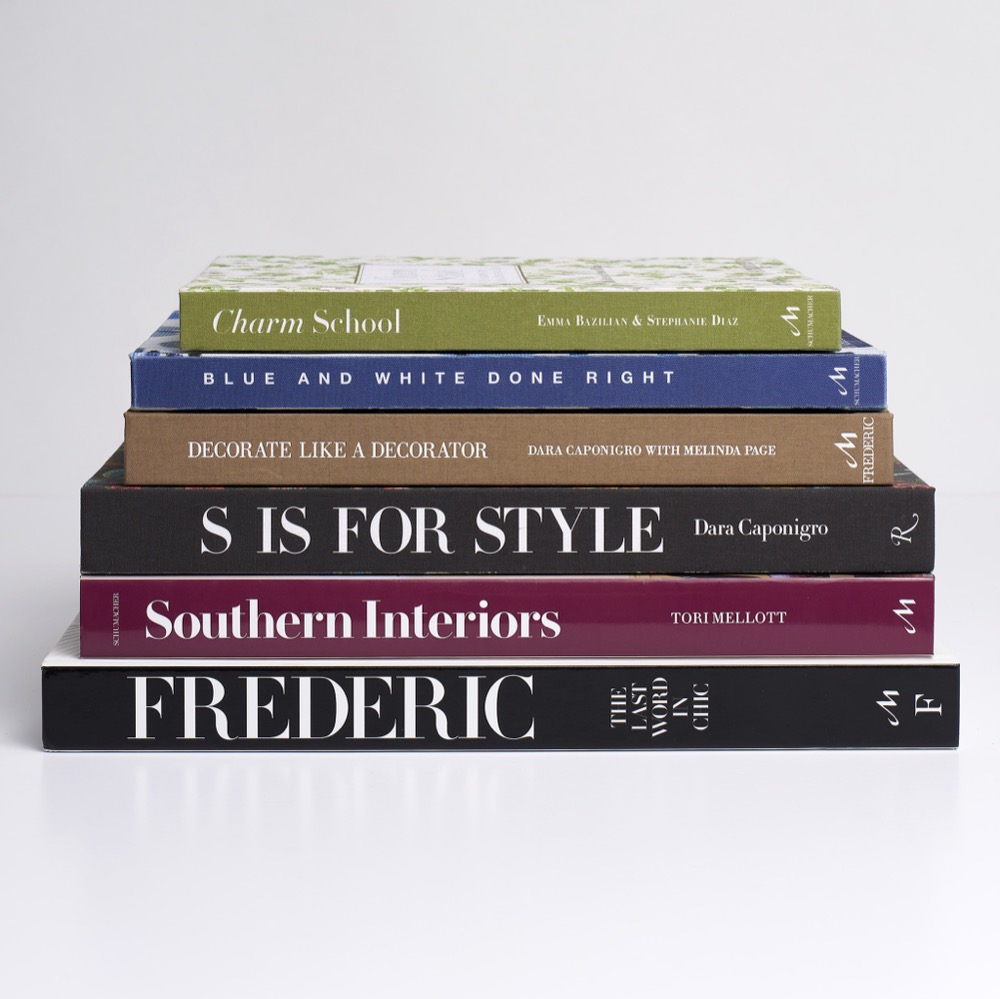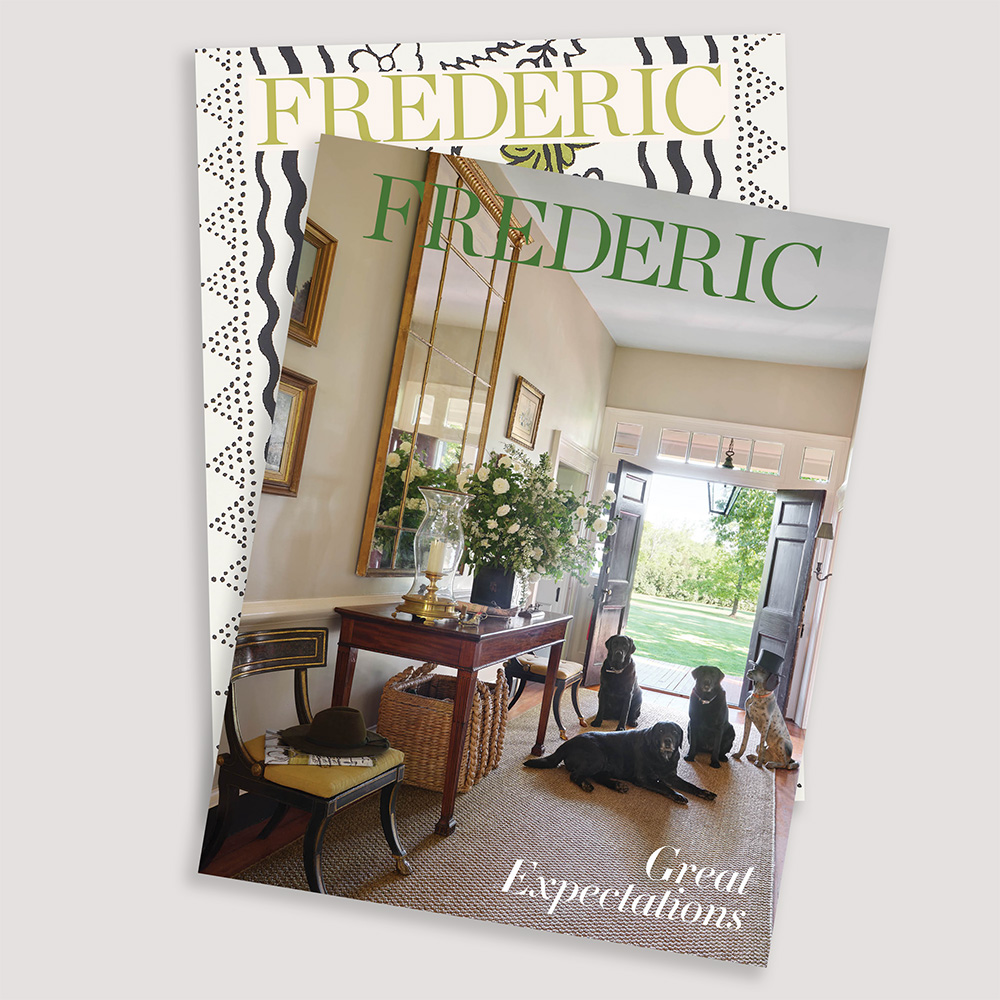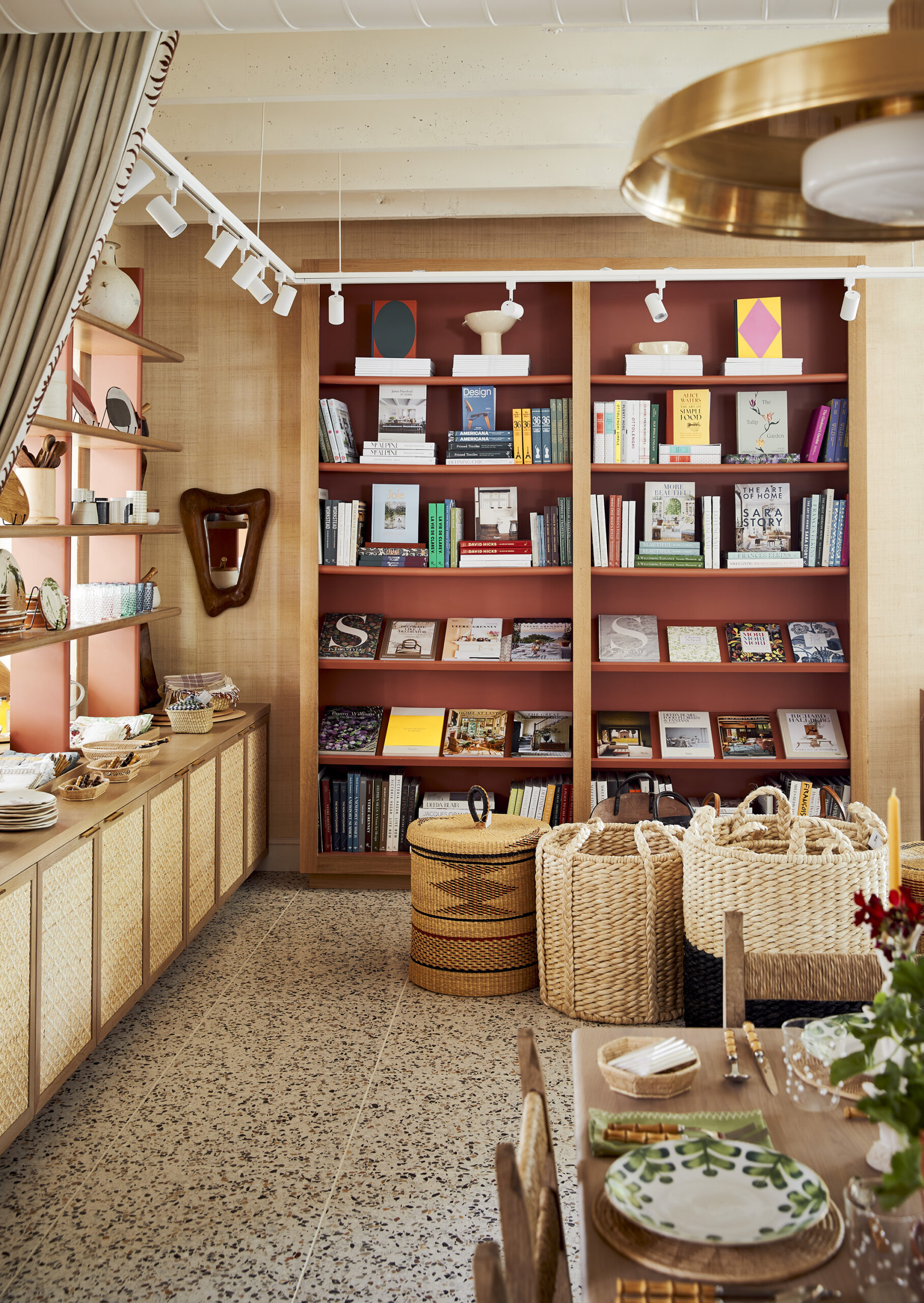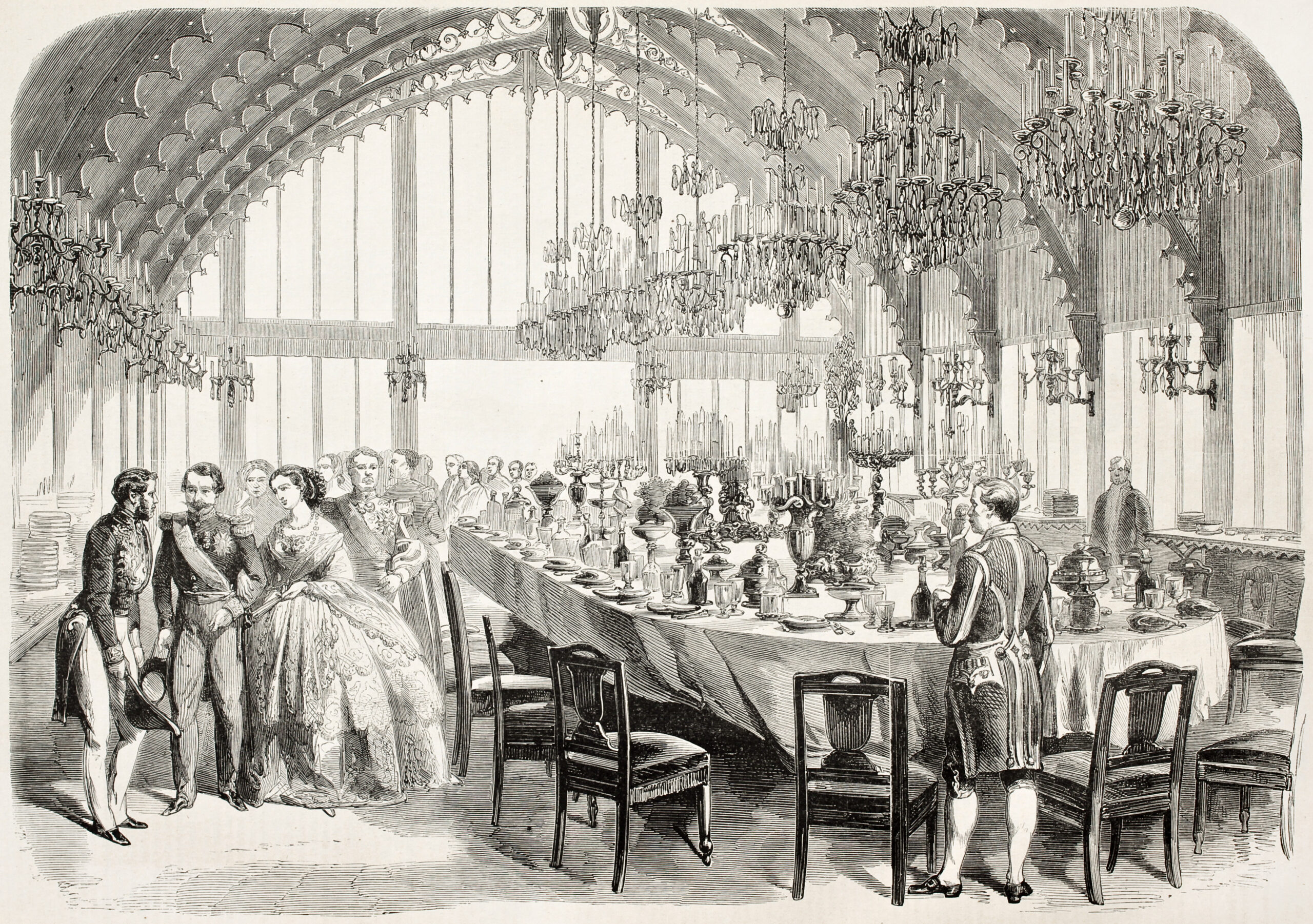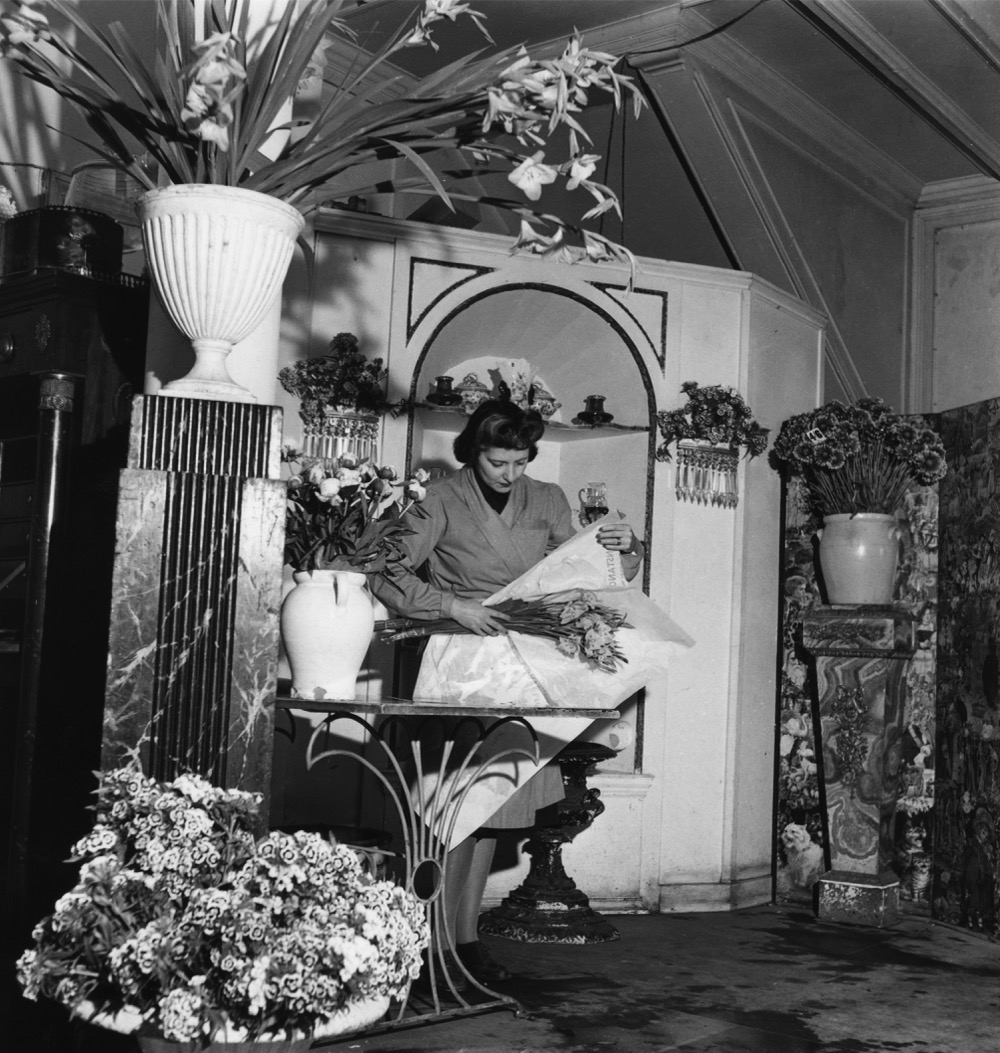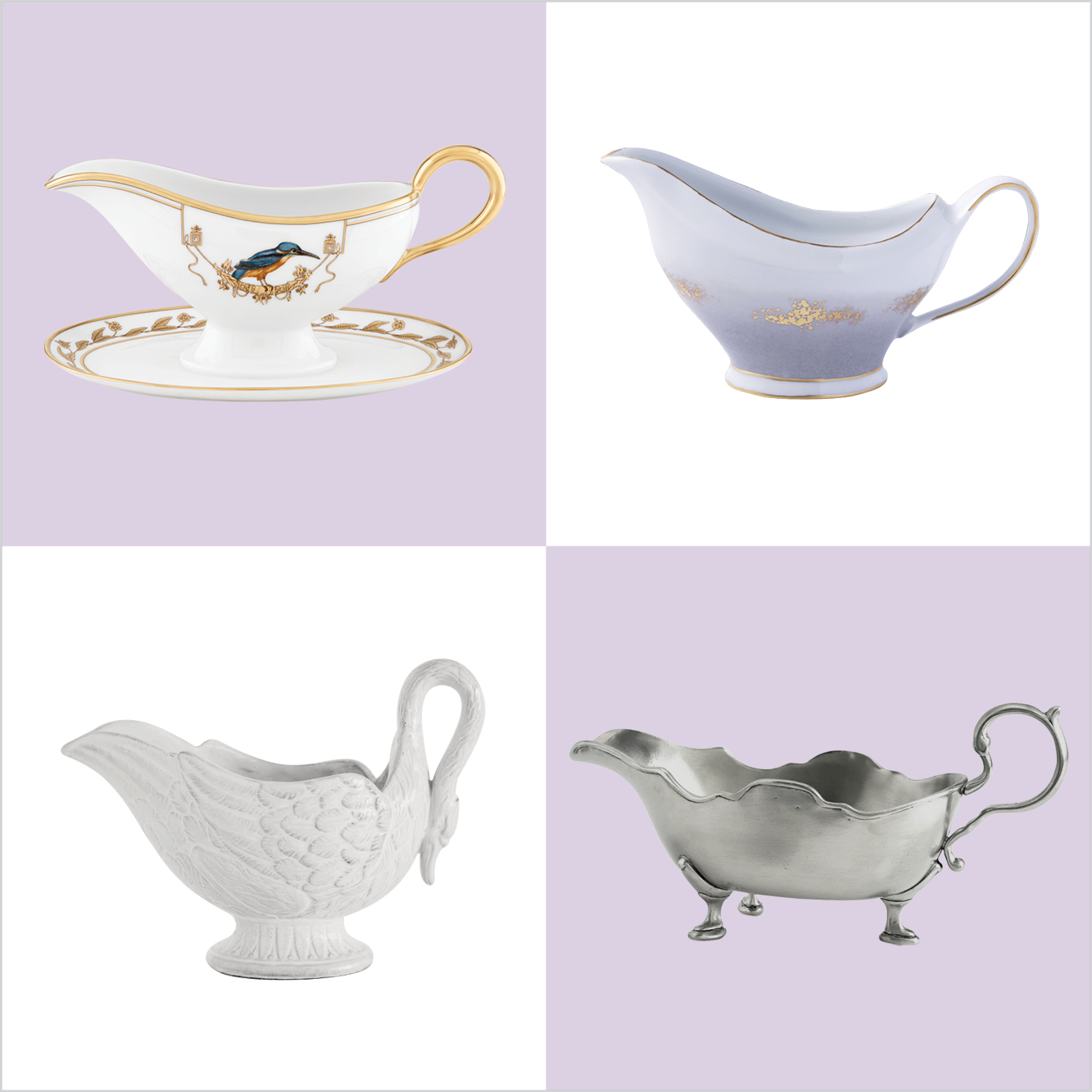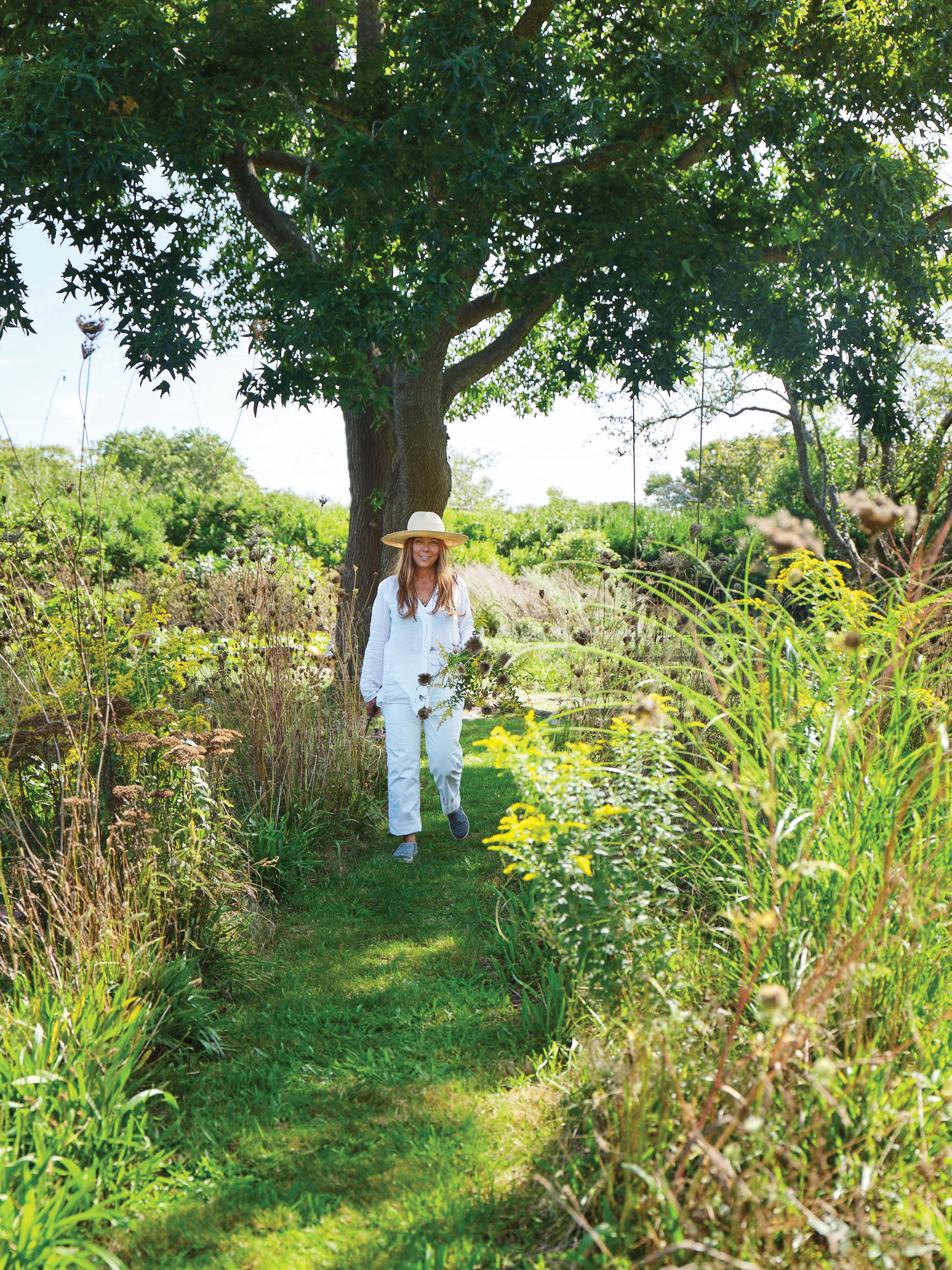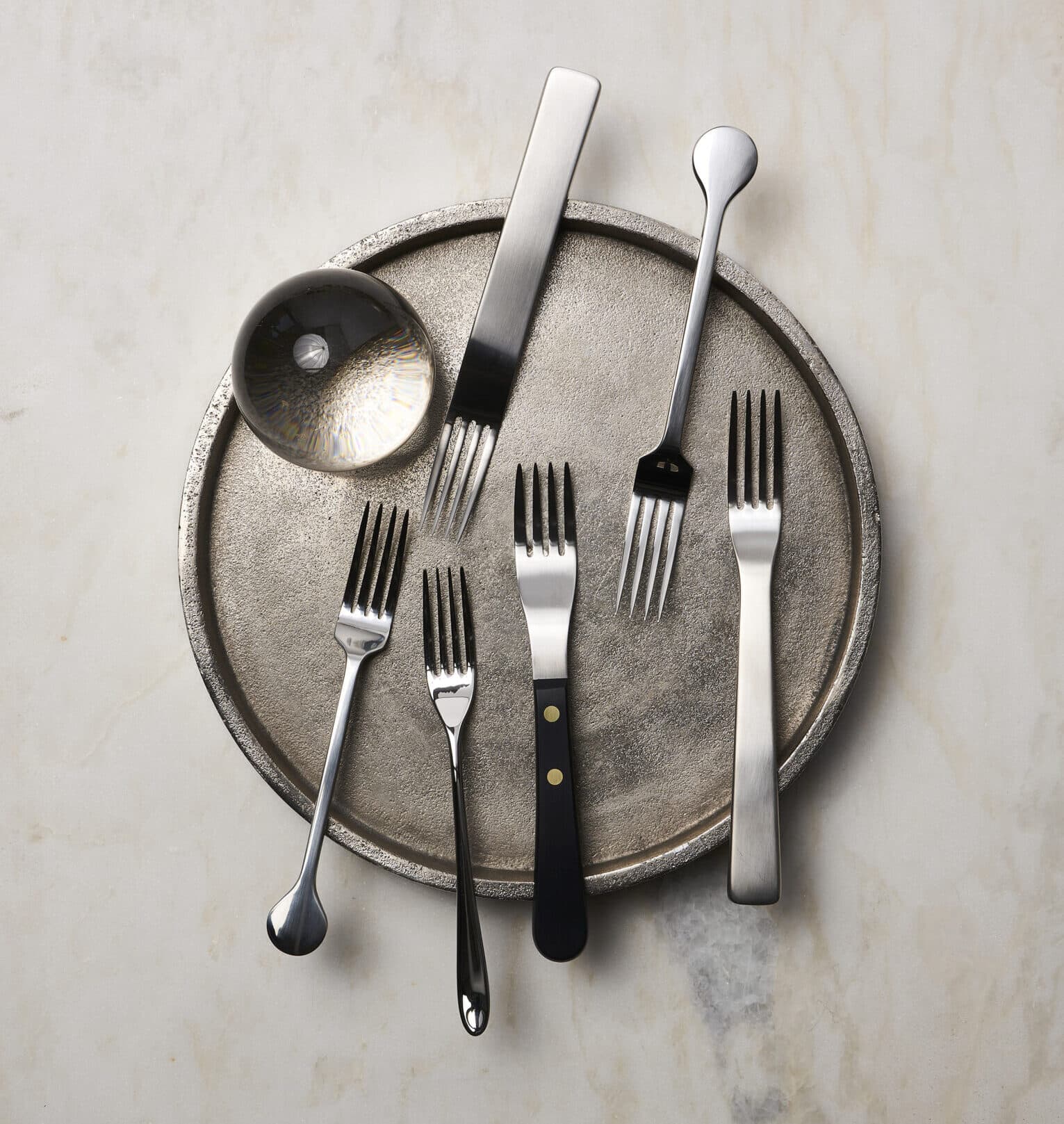In the Victorian era, knowing which piece of silver flatware to use was an essential part of proper etiquette. While some might seem frivolous (terrapin fork, anyone?), each was expressly designed to make (often newly available) delicacies a pleasure to experience. We asked the experts at Christofle for a crash course in the specialty pieces still produced today that capture the elegance of days past—and will keep the conversation flowing as your guests vie to name that spoon!
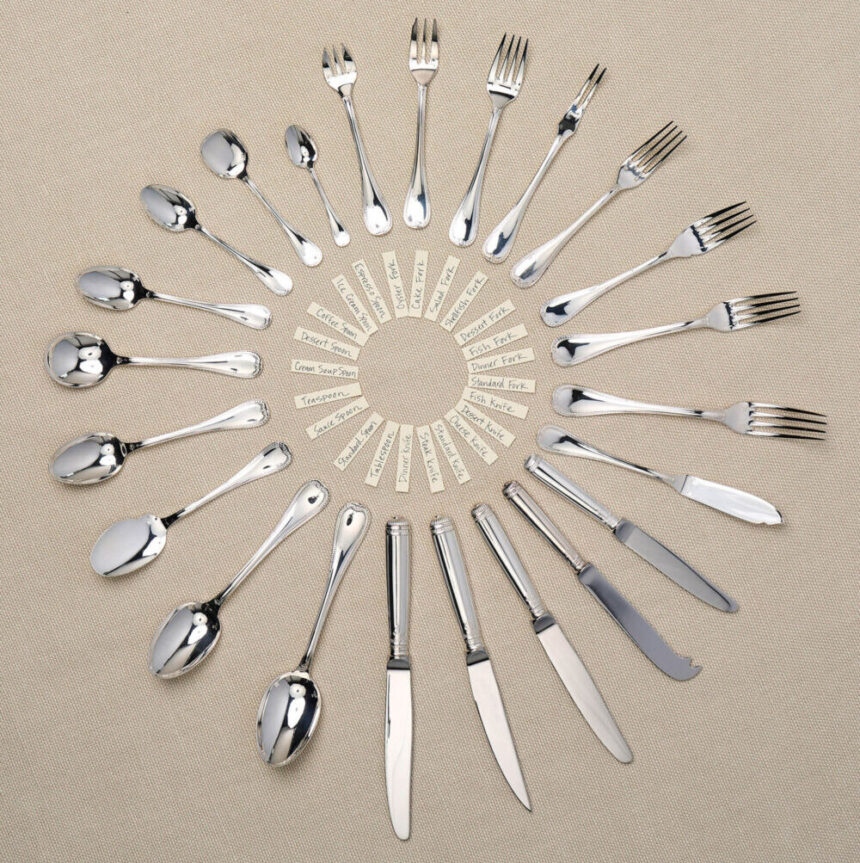
Malmaison silver-plated flatware by Christofle, from $90 per piece, christofle.com.
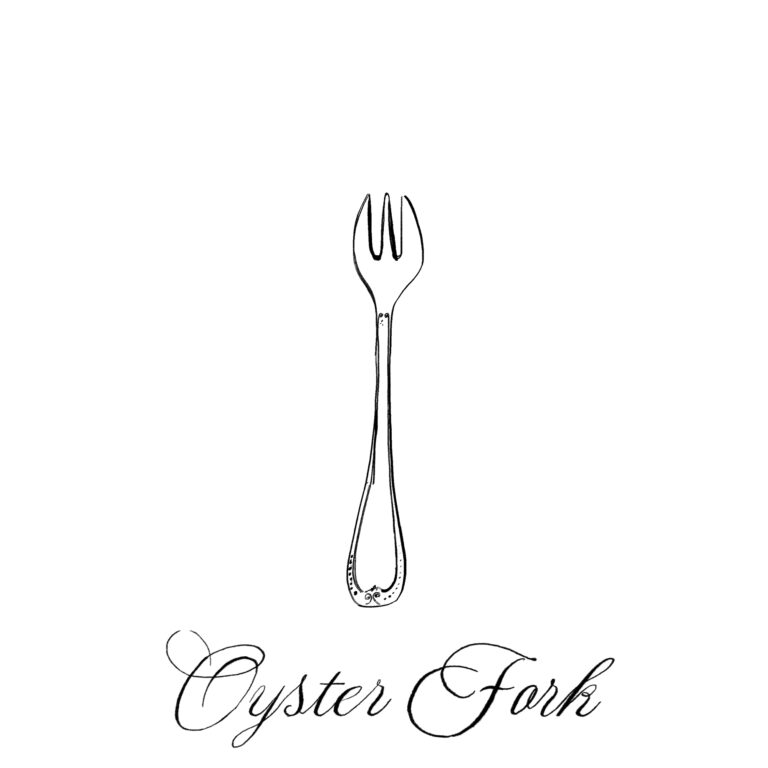
One of the oldest forms of specialized flatware, these sharp-bladed forks gently separate the oyster meat from the shell without breaking it.
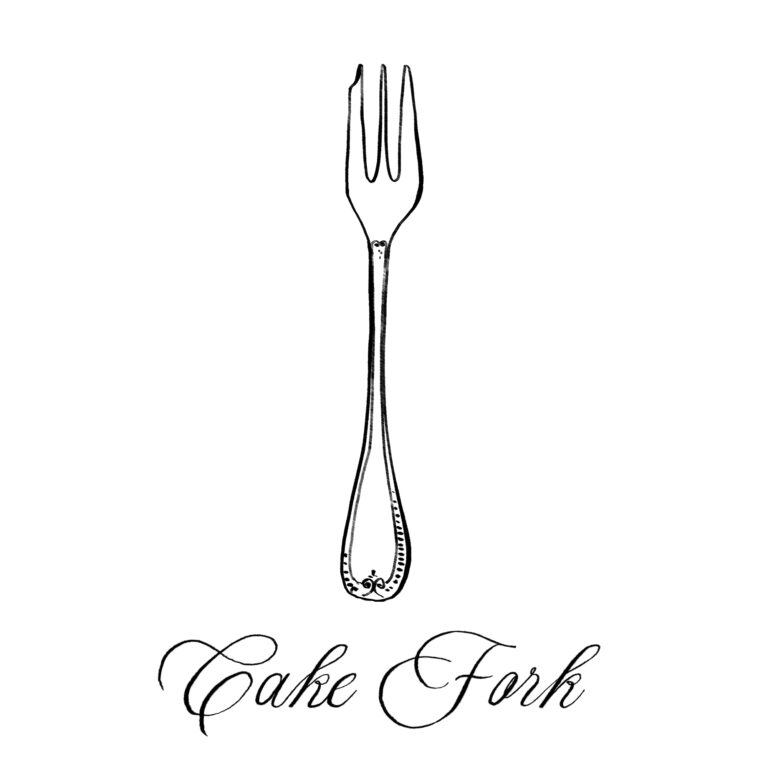
Victorian cake forks featured intricately detailed designs, engravings, and etchings, which reflected the owner’s social standing and taste.
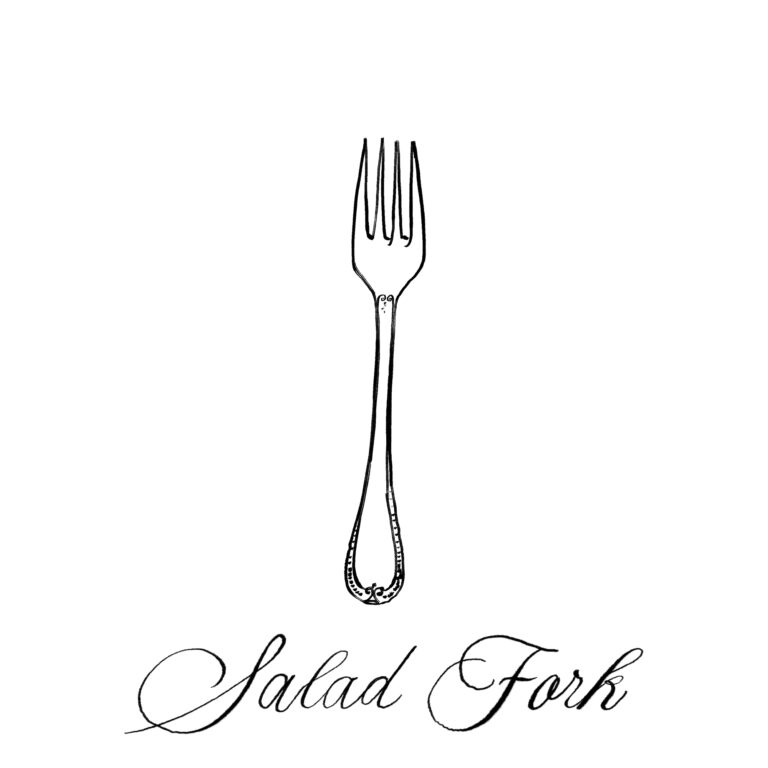
In the late 19th century, new refrigerated train cars and the development of hardier iceberg lettuce resulted in an increased appetite for salad.
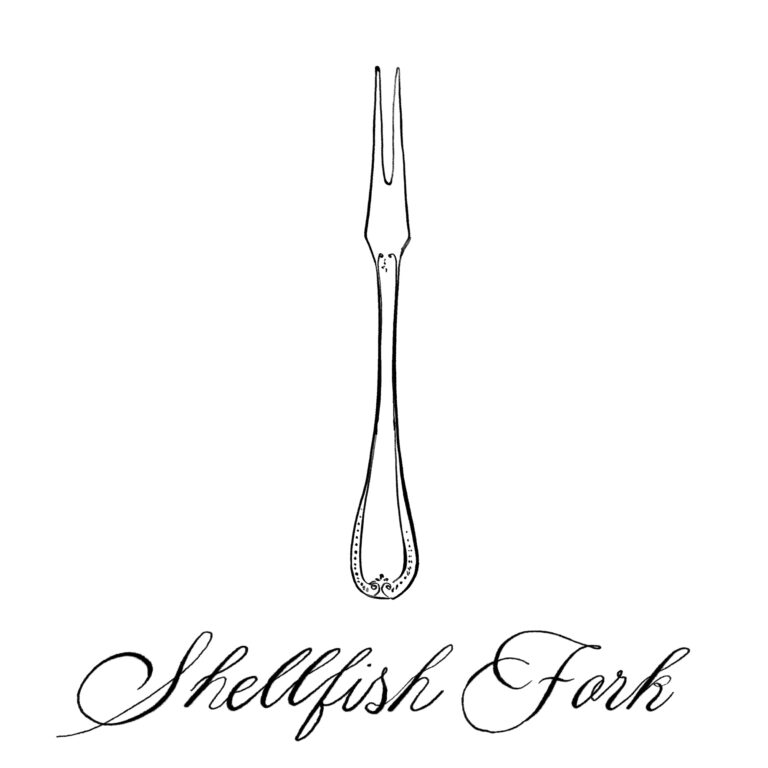
This fork is best used for eating crab, escargot, and shrimp. The long two-prong design makes it easier to grasp the meat in small shells.
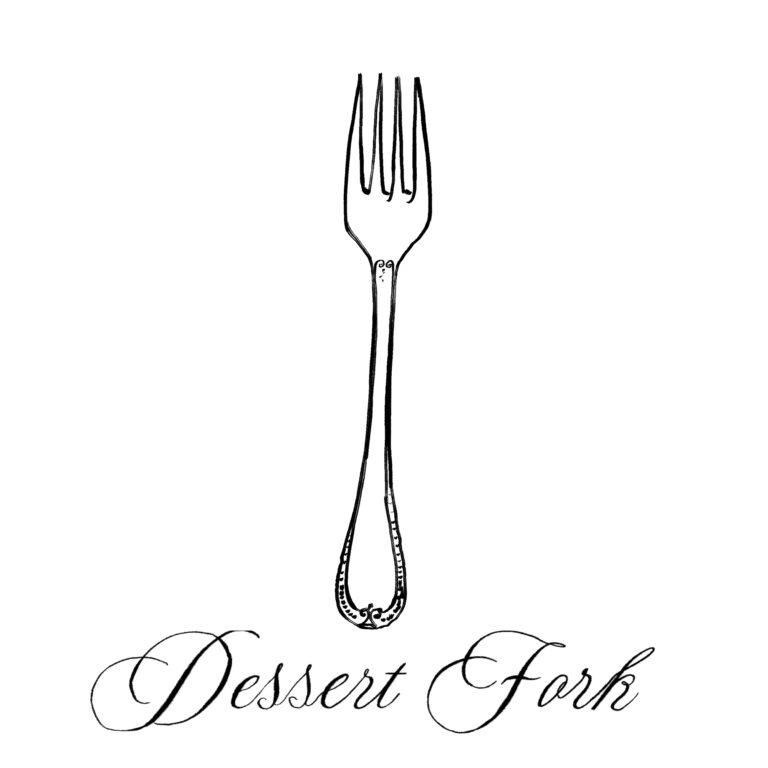
Smaller than table forks, with slightly shorter and wider tines, they are designed to be used for cakes, tarts or fruit and can be paired with a dessert spoon and knife.
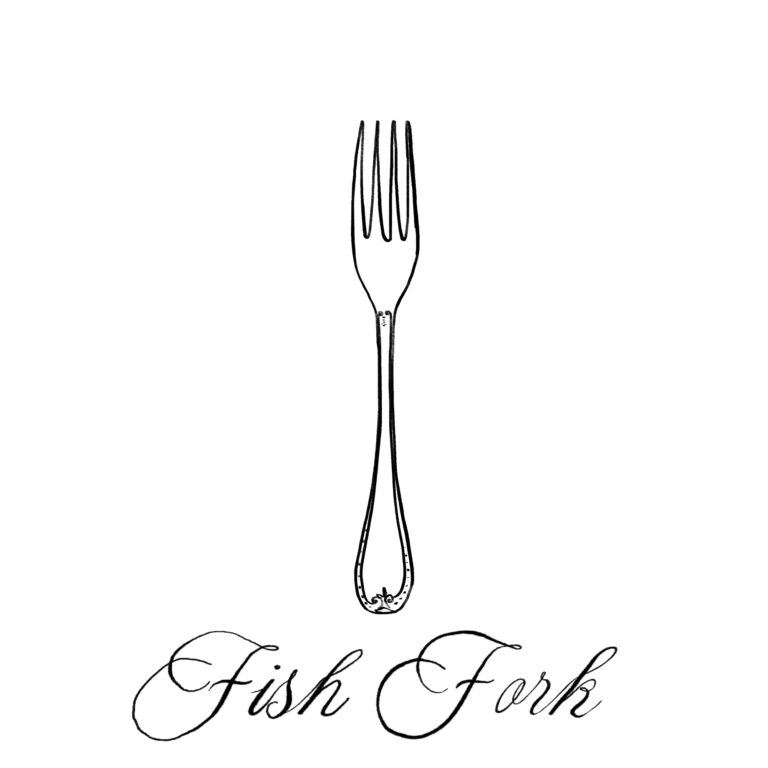
In the 1880s, while the aristocracy ate their fish course using two table forks, the nouveau riches adopted distinct cutlery for the same purpose.
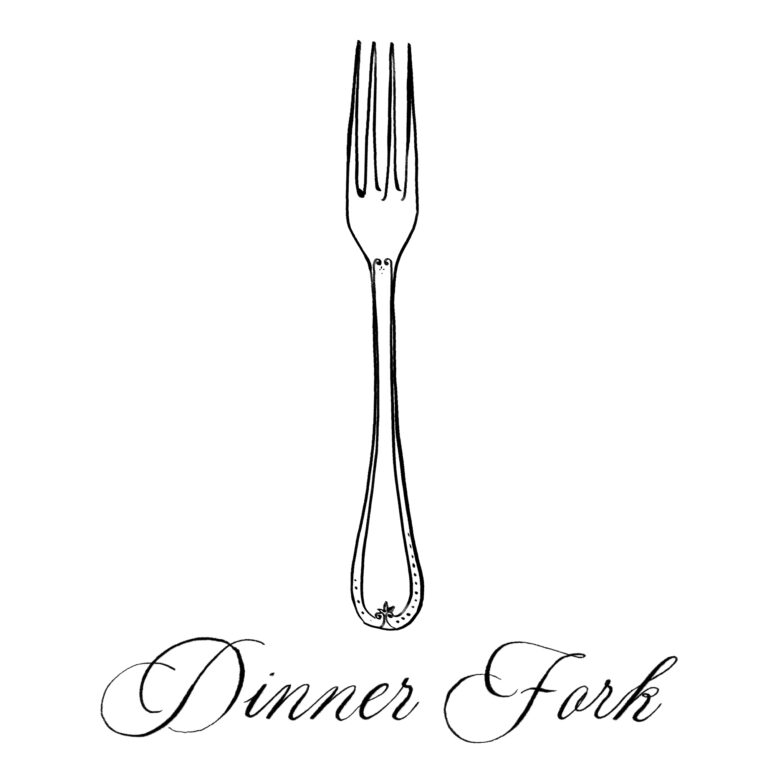
Because even the wealthy often didn’t possess many forks, a sherbet course was added to give servants time to wash forks between courses.
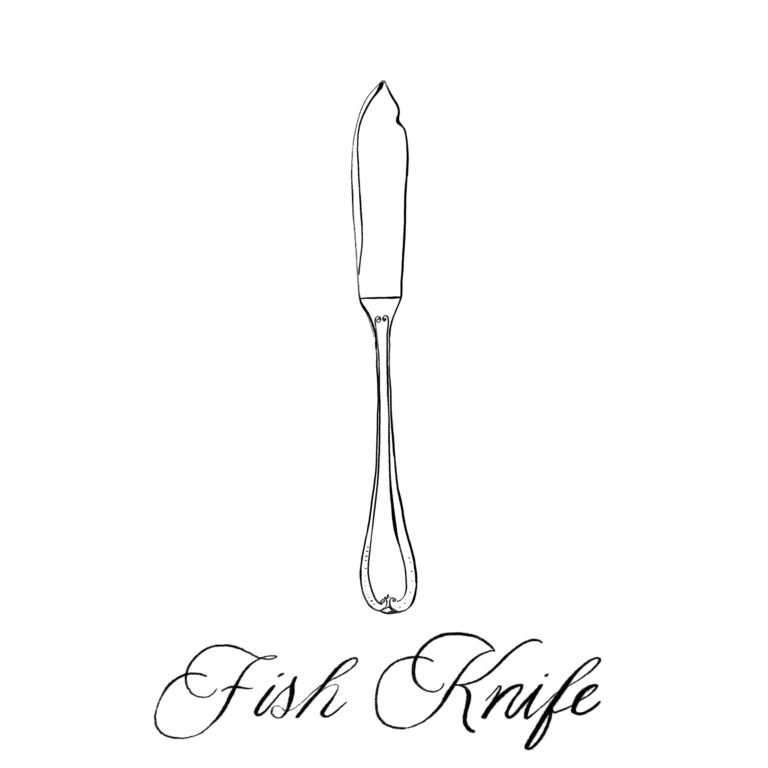
The first fish knives had handles of ivory, bone, or mother-of-pearl; later in the Victorian era, all-silver, flat-handled individual fish knives appeared.
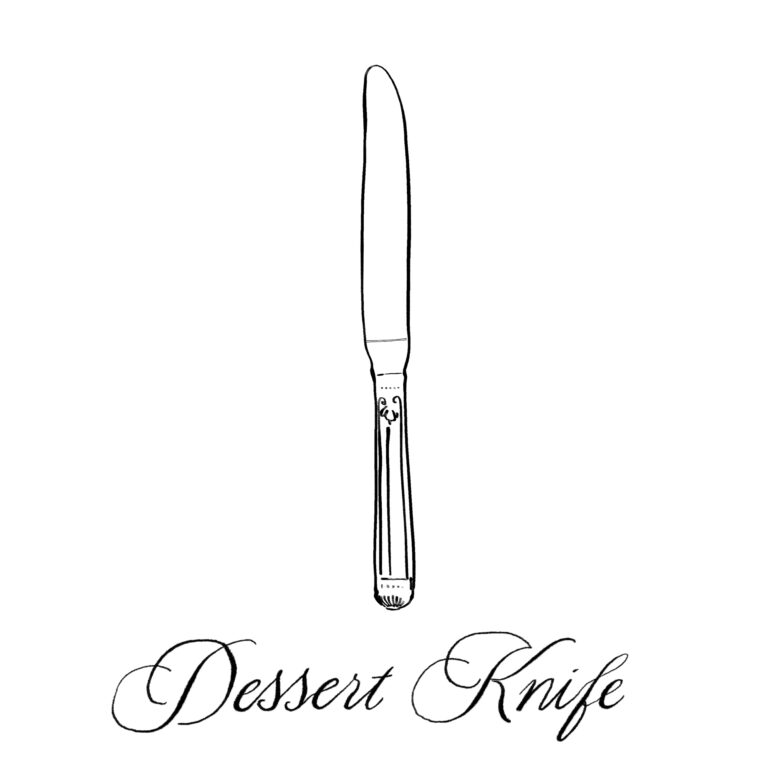
Introduced in the early George III era, its pattern was often distinct from the dinner service as dessert was served in a separate room.
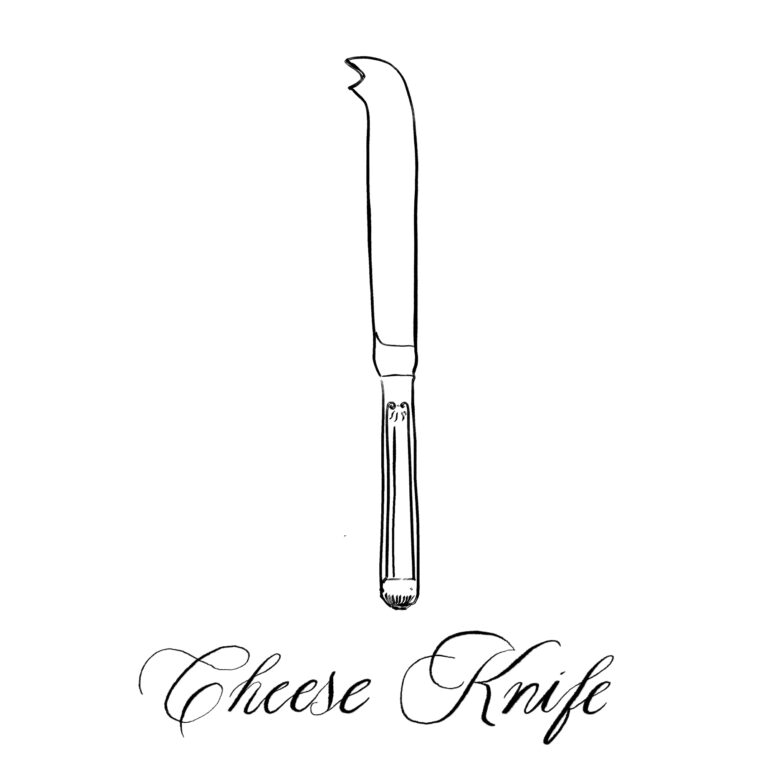
With the 19th-century shift to dining à la russe (dishes served individually), cheese became an optional course, which led to the creation of individual cheese knives.
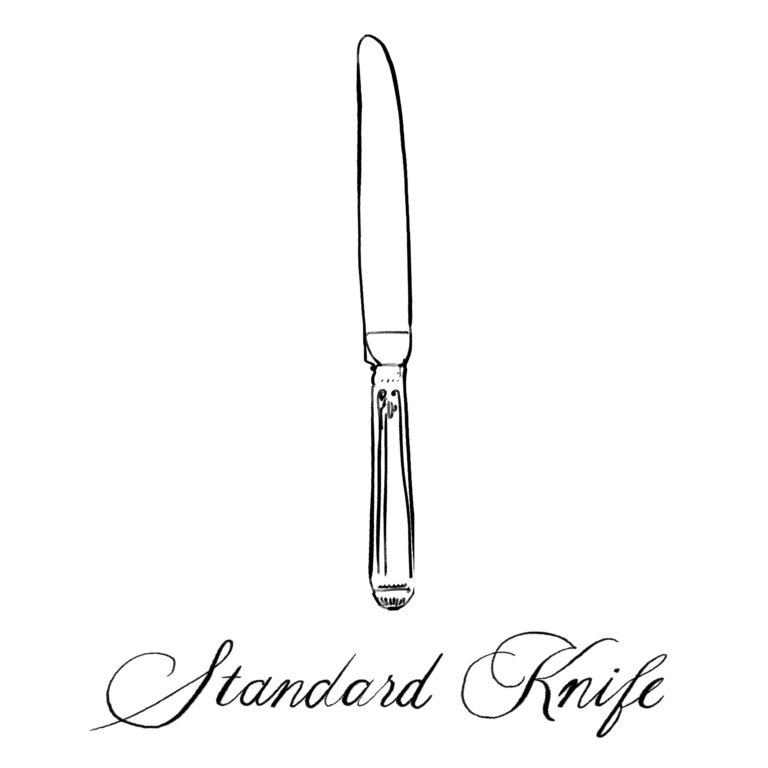
In the Victorian era, women adopted the practice of using the second-largest knives for the main course at midday as they fit the hand better.
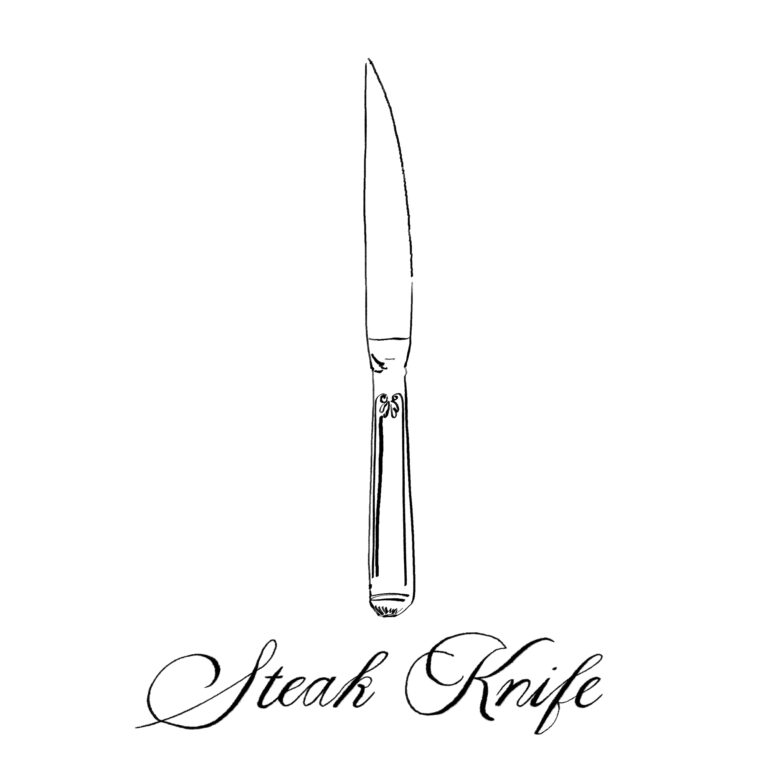
Some older patterns had no steak knives, so antique dealers sometimes remove standard blades and replace them with sharper ones.
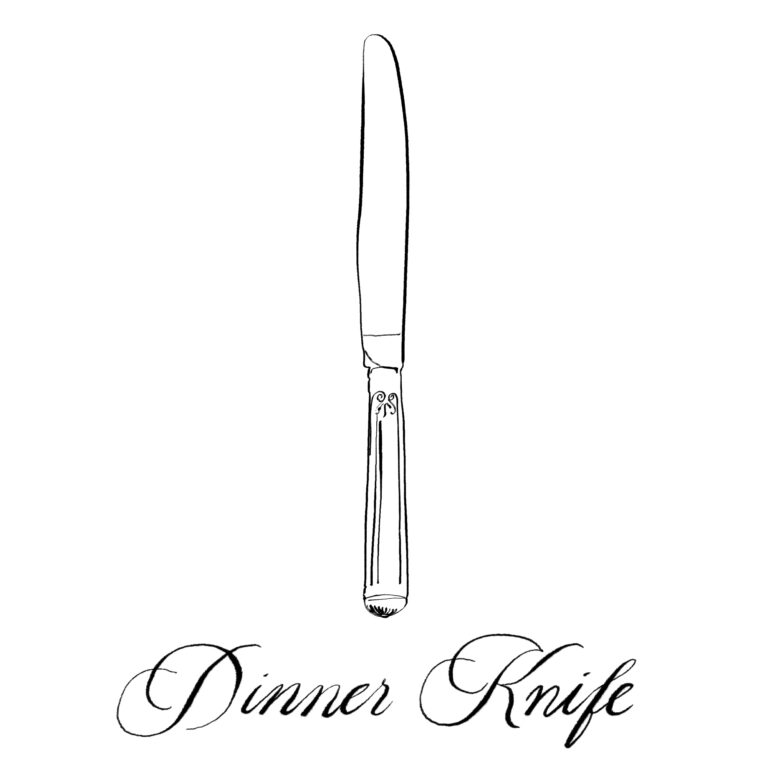
The blunt-tipped knife was reportedly invented in 1637 by Cardinal Richelieu to discourage dinner guests from picking their teeth with their knife points.
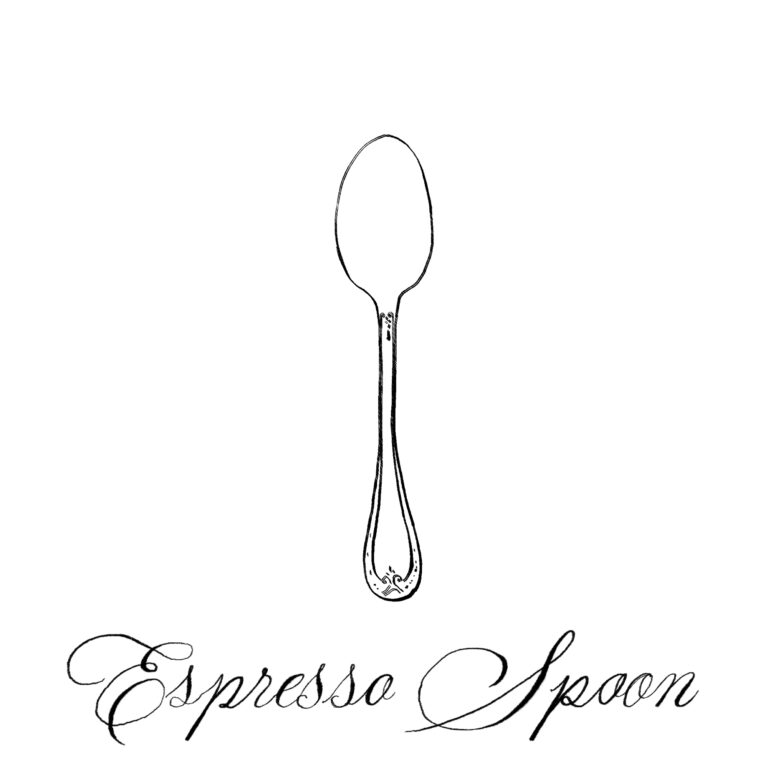
The 19th-century fashion for serving extra-strong black coffee in petite cups (or demitasses) after dinner led to the creation of these diminutive spoons.
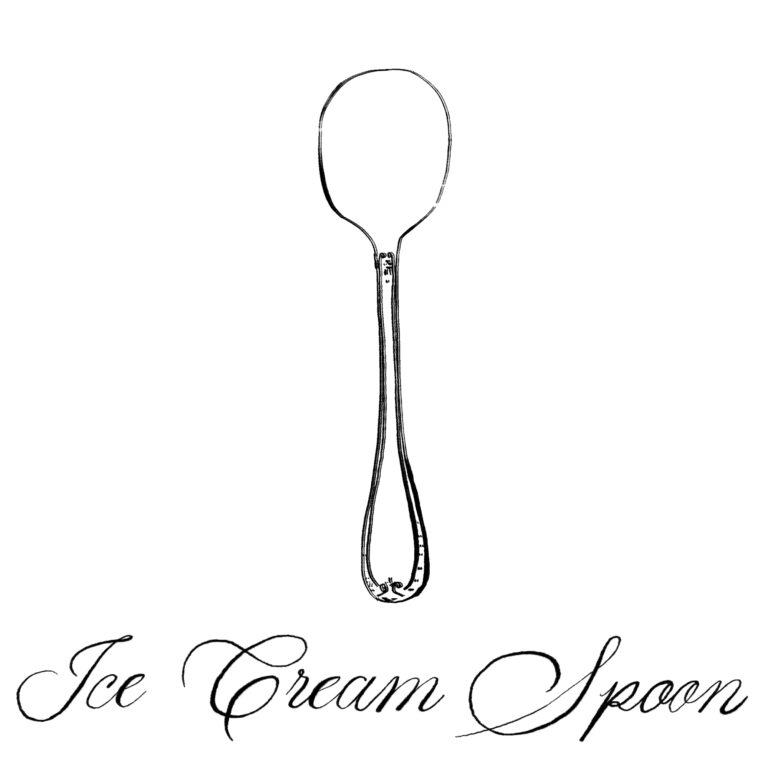
In the late 19th century, ice cream was time-consuming and expensive to make, so utensils associated with it tended to be more luxurious.
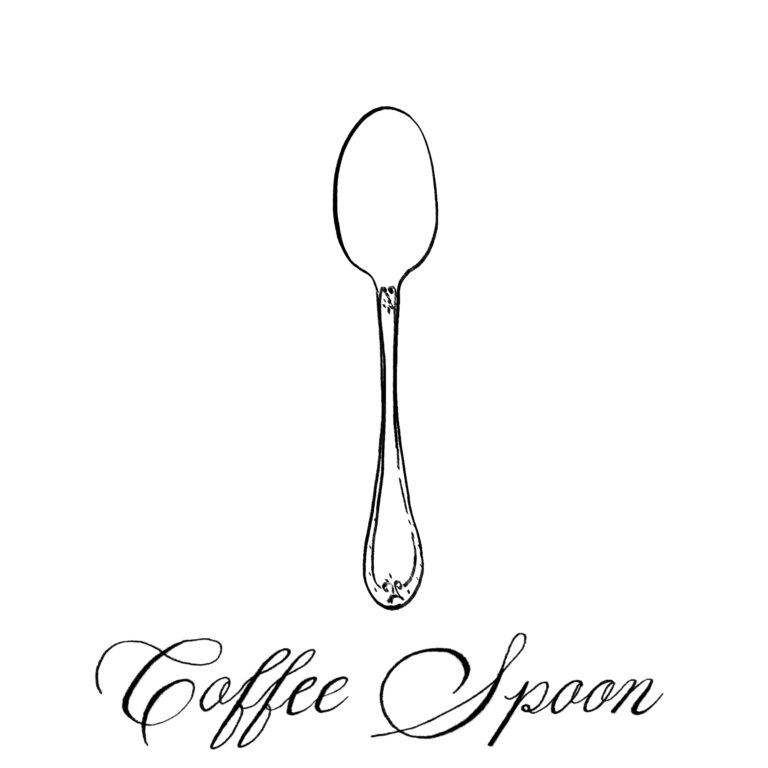
The original coffee spoons were small and indistinguish- able from early teaspoons, but by the 19th-century there were two sizes—large for regular coffee cups and small for demitasse cups.
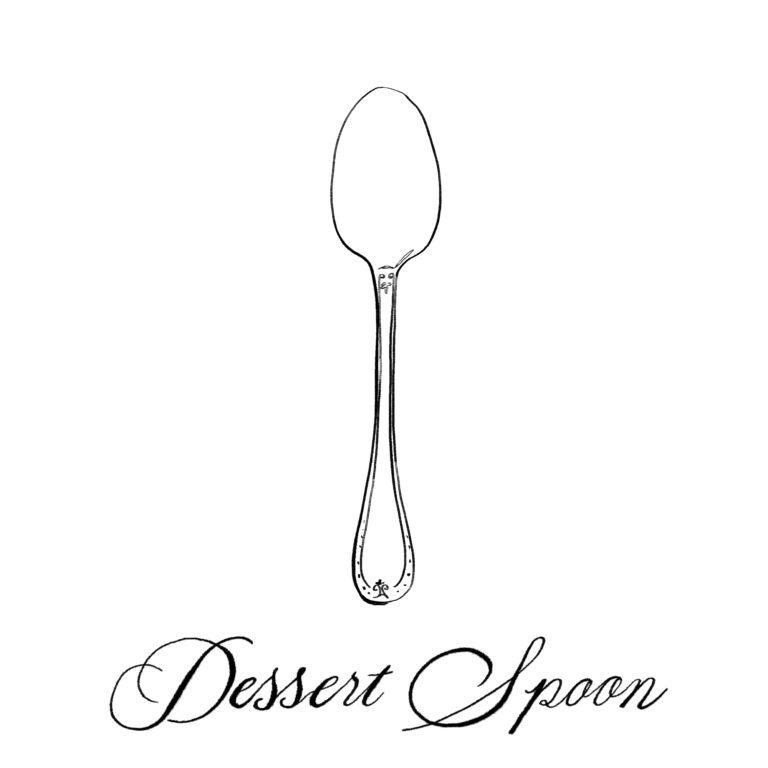
Dessert spoons are midway in size between a teaspoon and a tablespoon but have essentially the same shape.
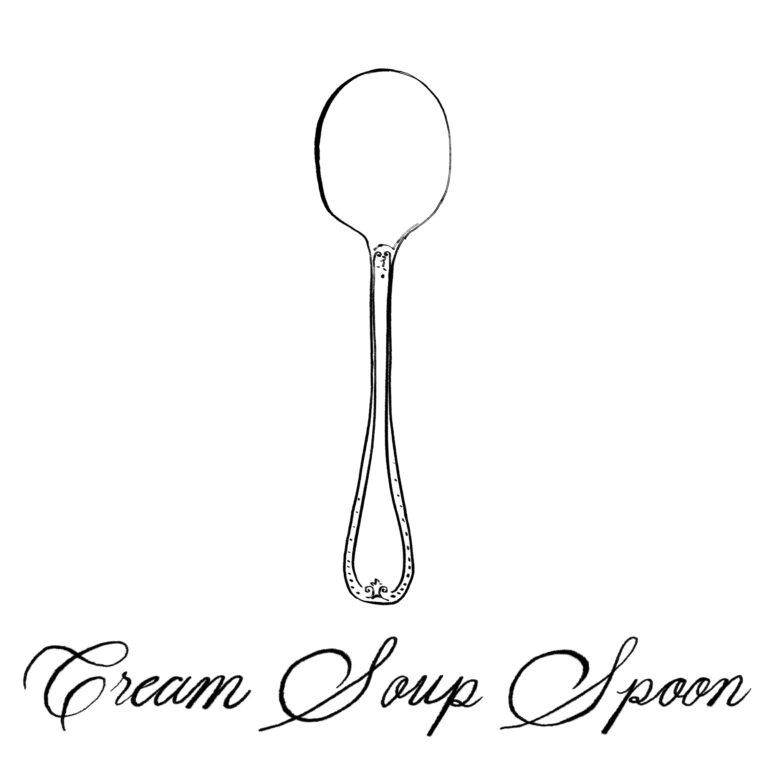
Meant for eating creamy pureed soups, porridge, and chowder, these have a round bowl and can double as a condiment spoon.
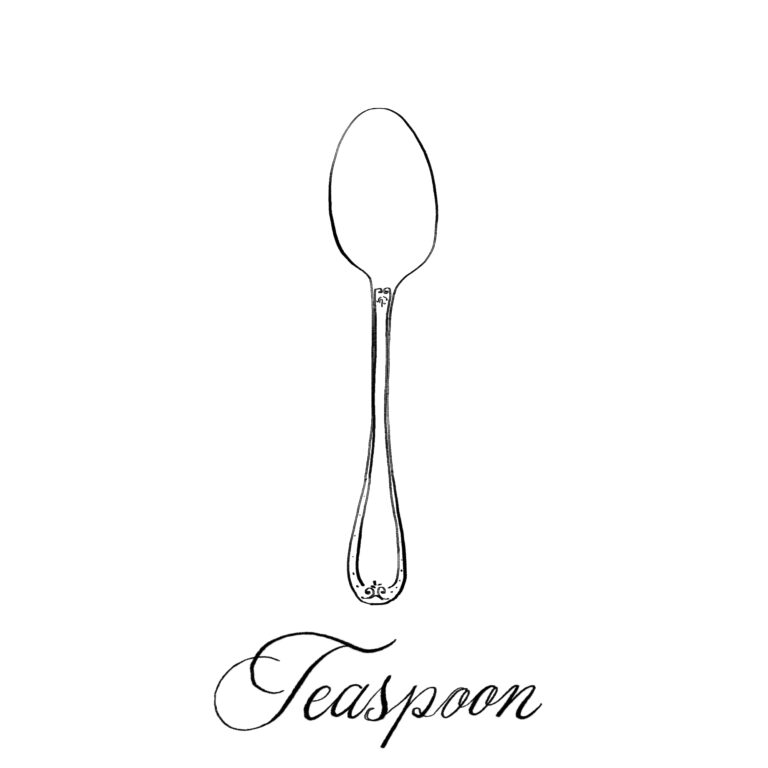
Before the tea strainer was popularized in the Victorian era, the teaspoon helped upper-class British tea drinkers remove the floating leaves in their teacups.
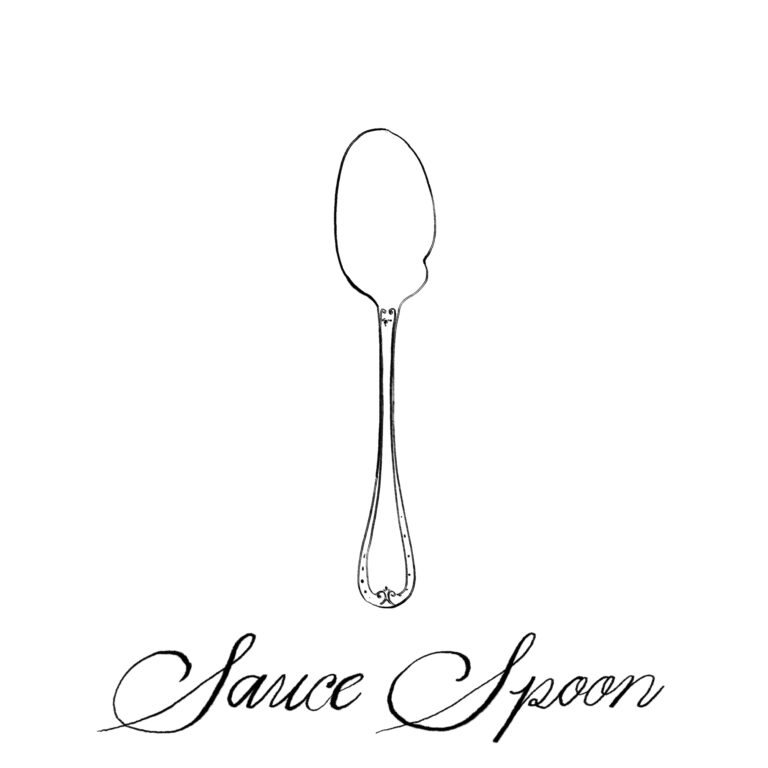
Ideal for skimming sauces off a plate, this flat-bottomed utensil was invented at Paris’s famous Lasserre restaurant in 1950.
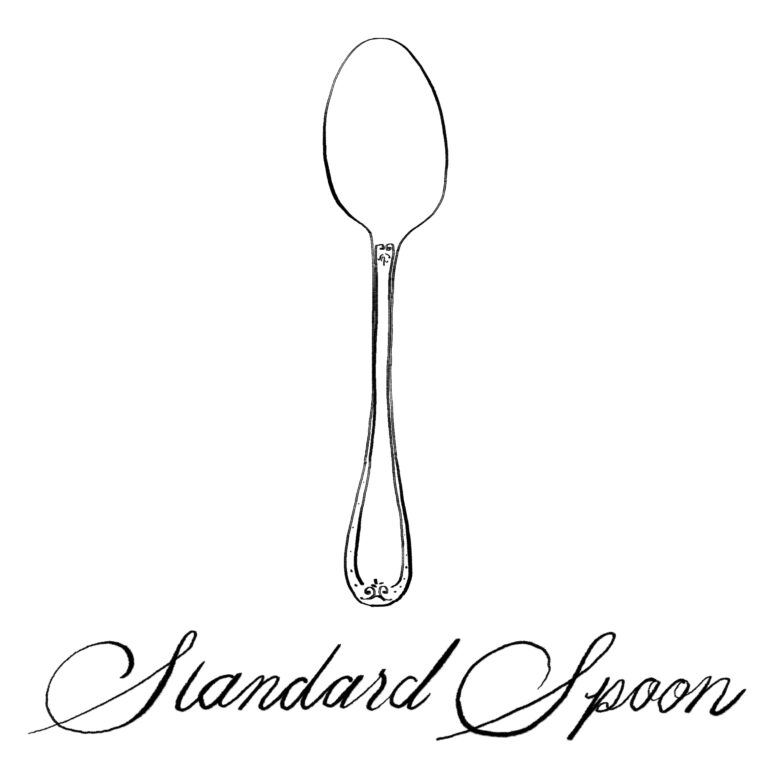
Used at midday meals, it was typically smaller than a dinner spoon and was designed for eating lighter fare.
THIS ARTICLE ORIGINALLY APPEARED IN VOLUME 15 OF FREDERIC MAGAZINE. CLICK HERE TO SUBSCRIBE!

